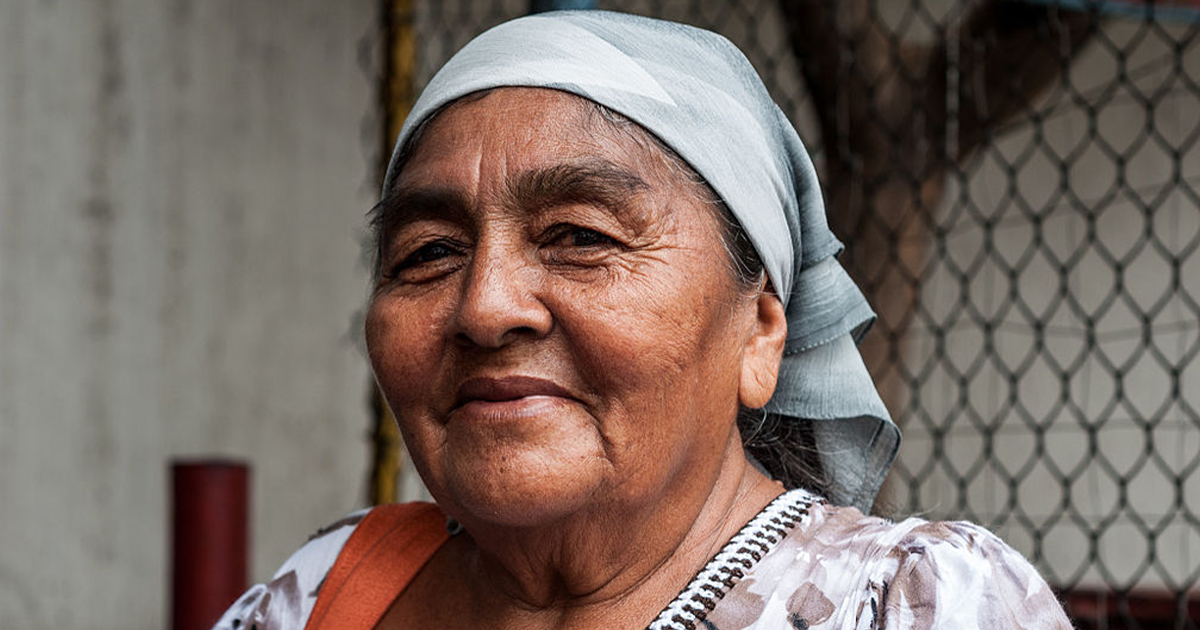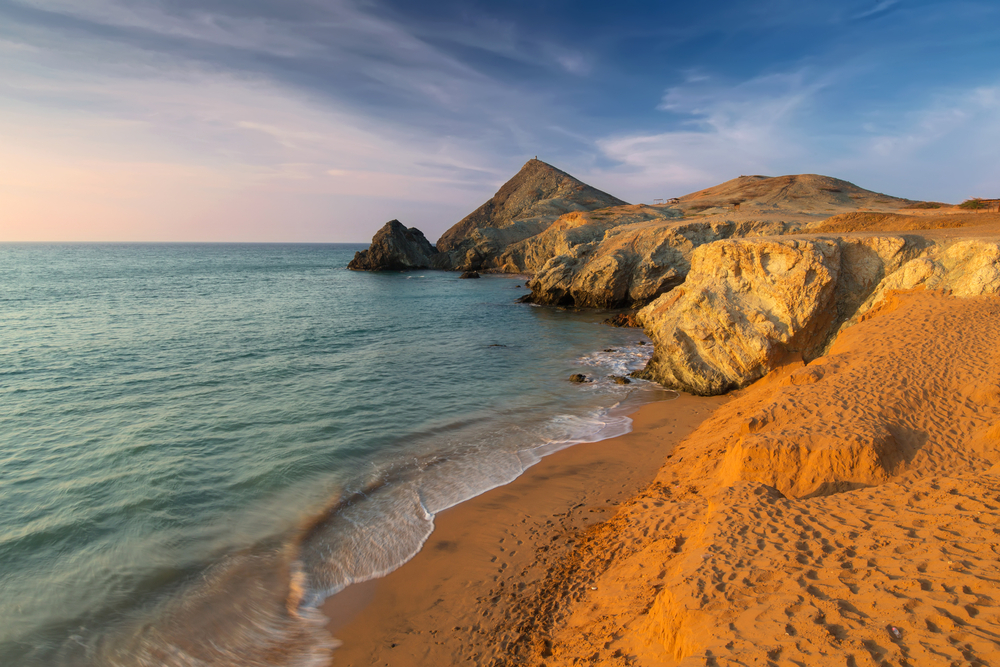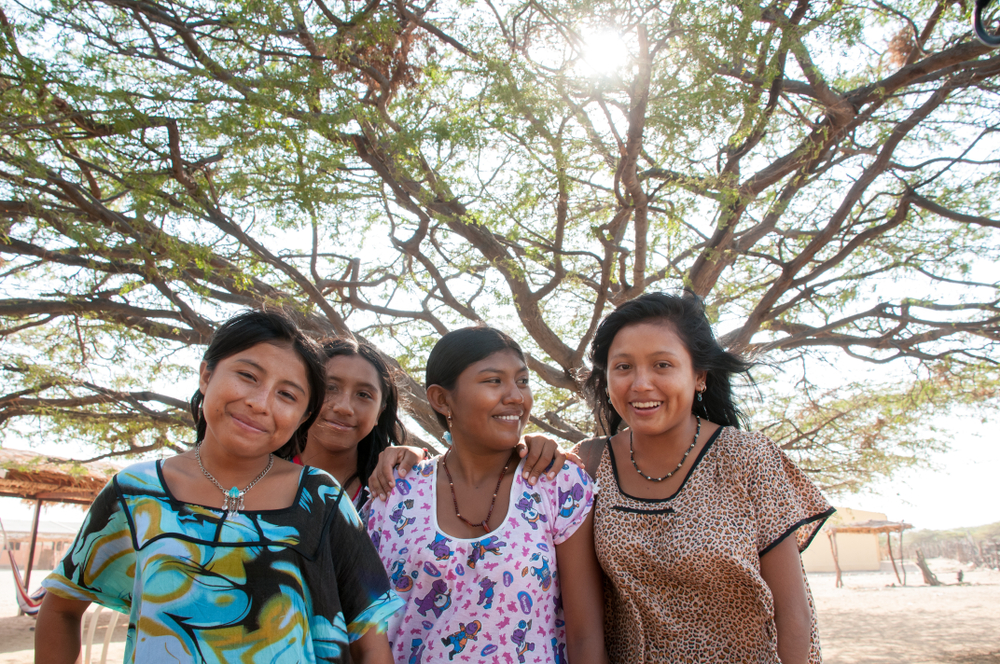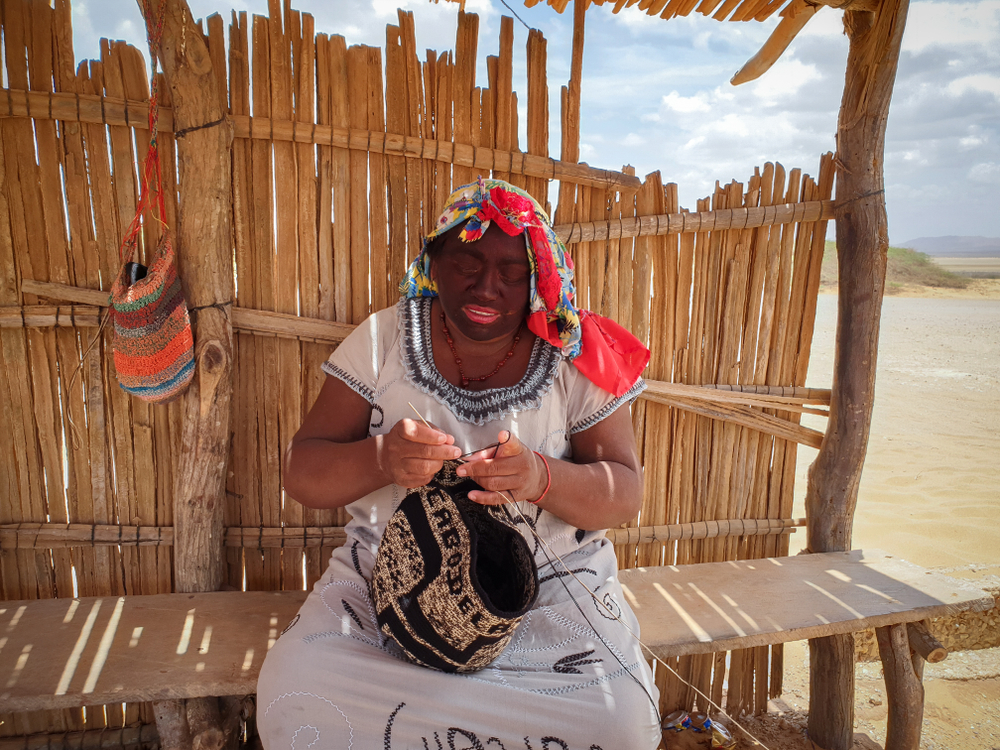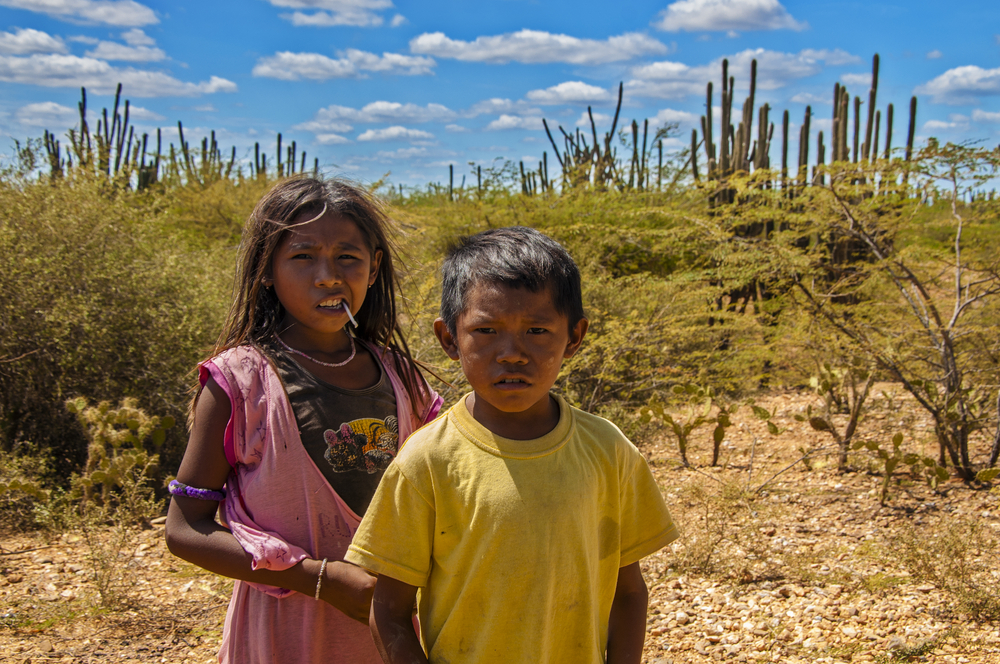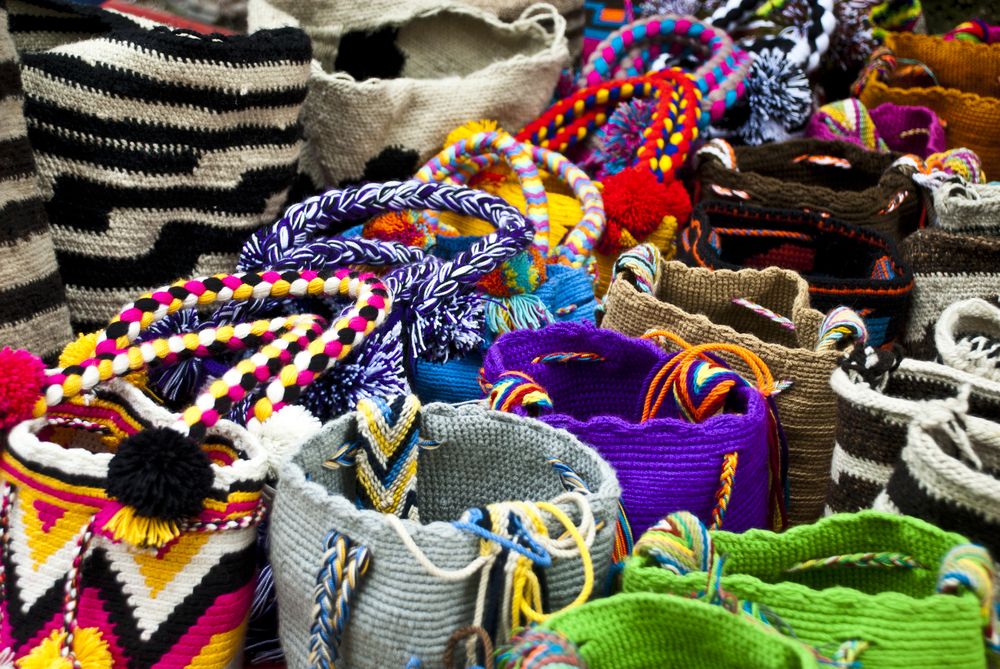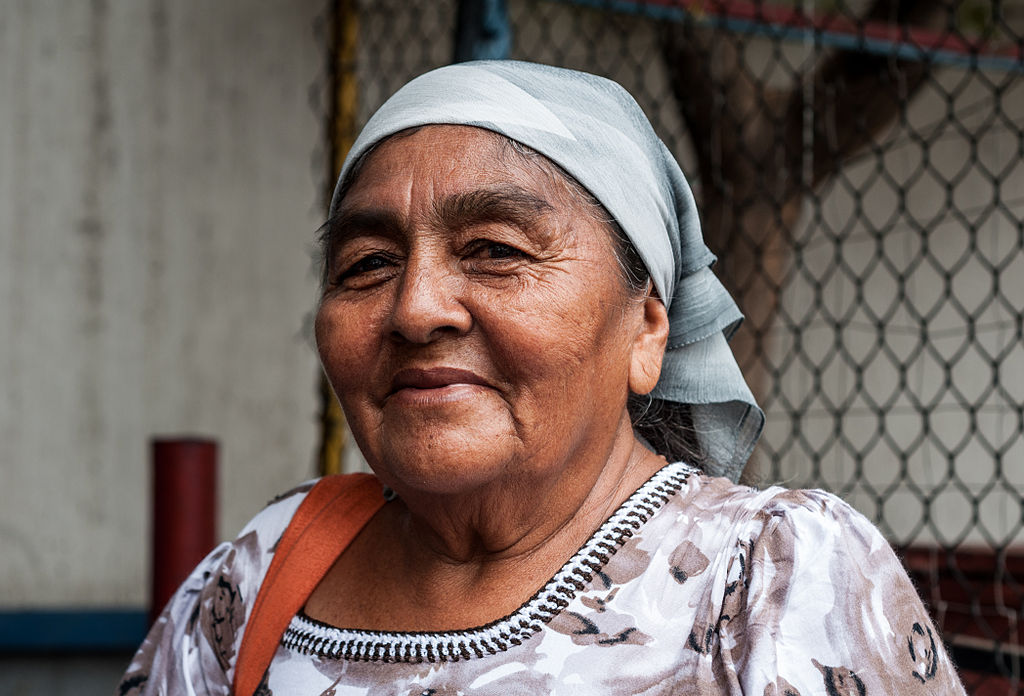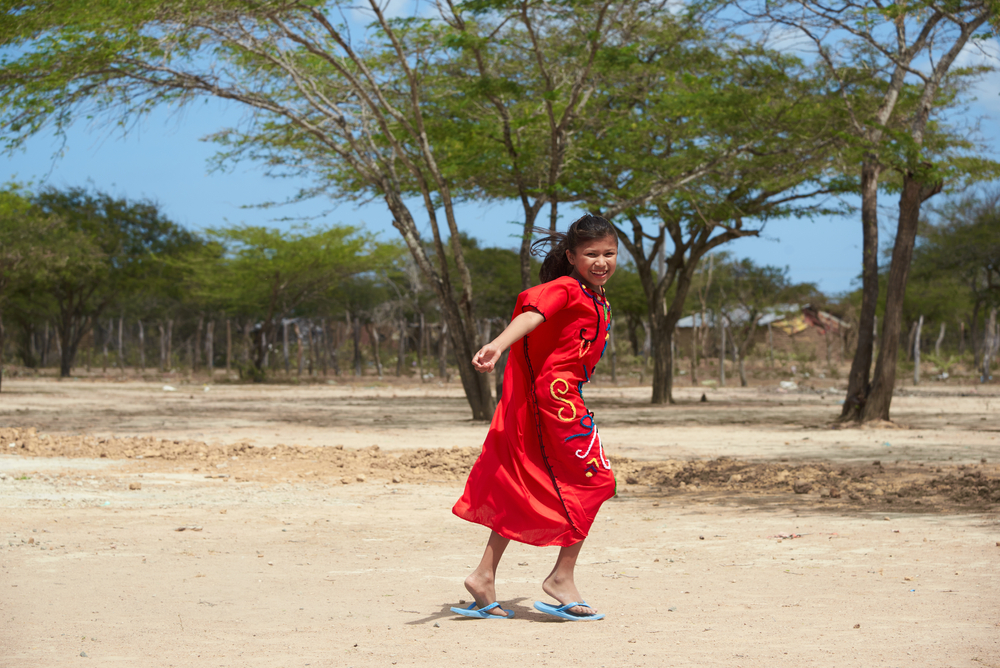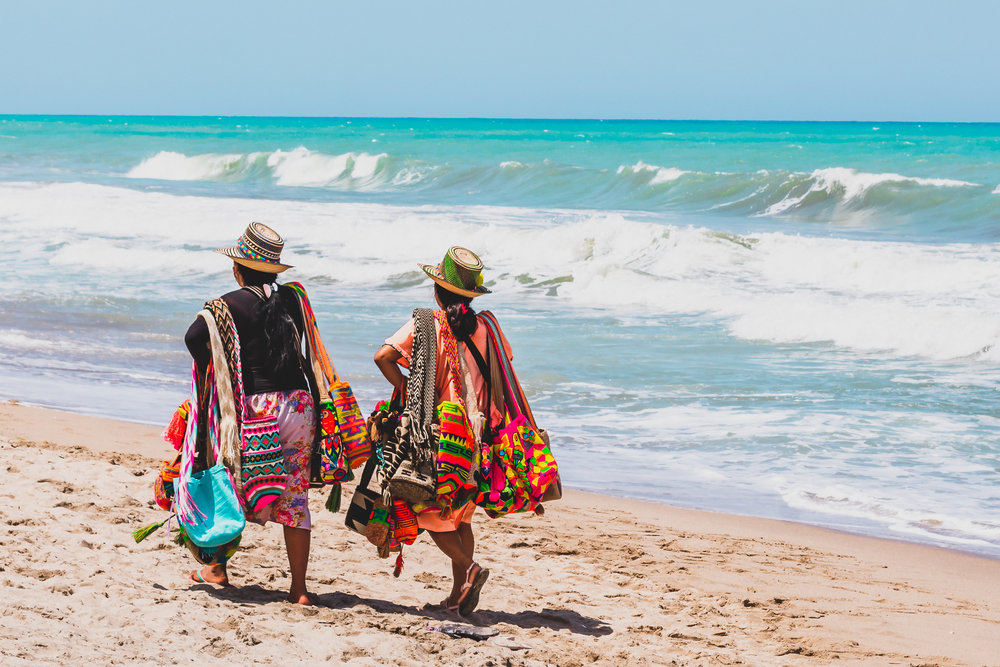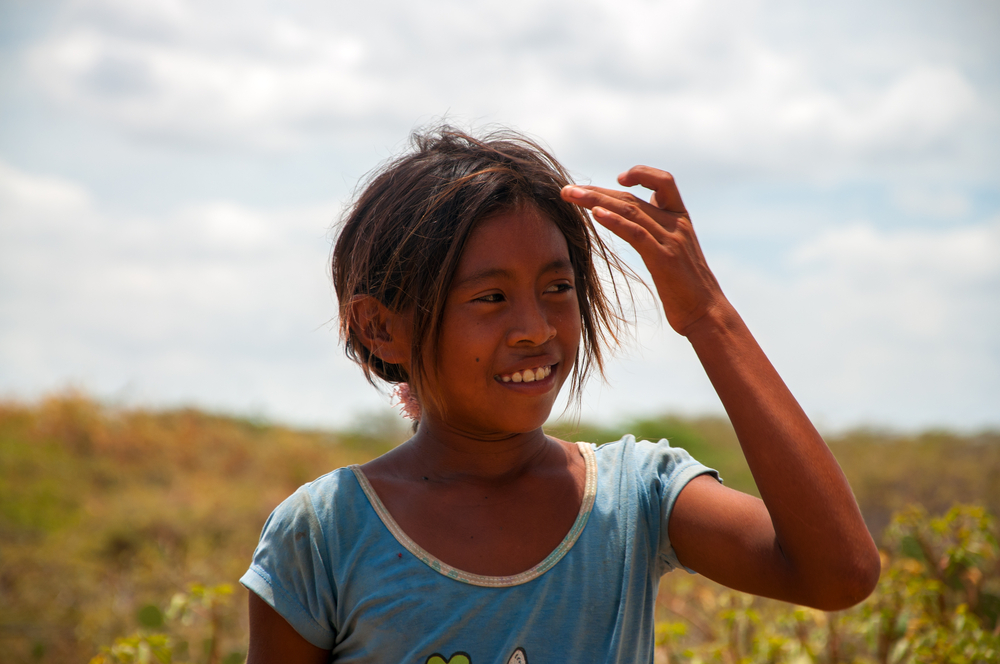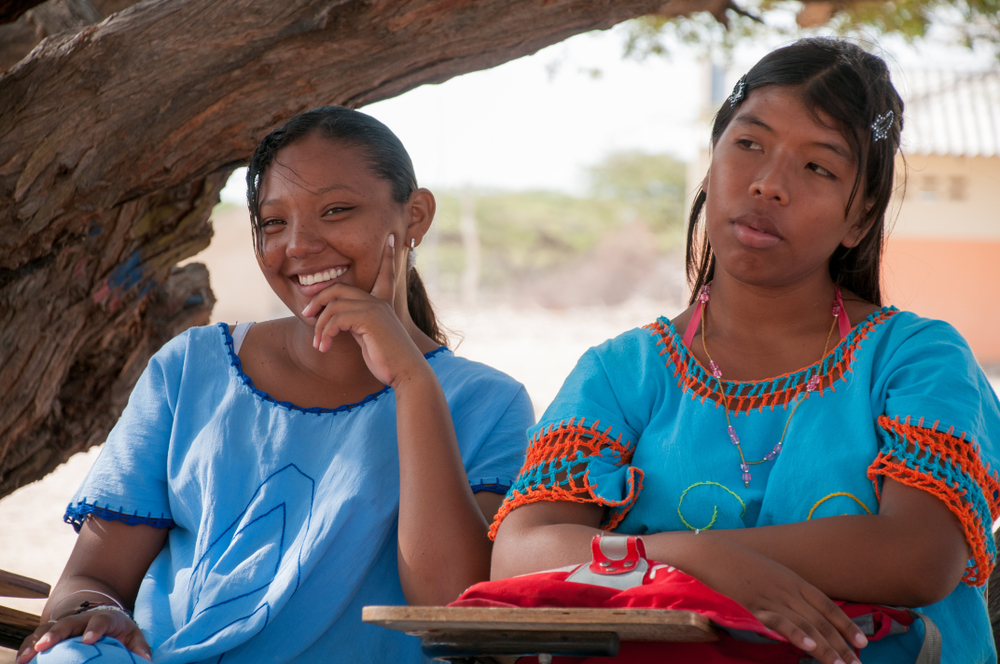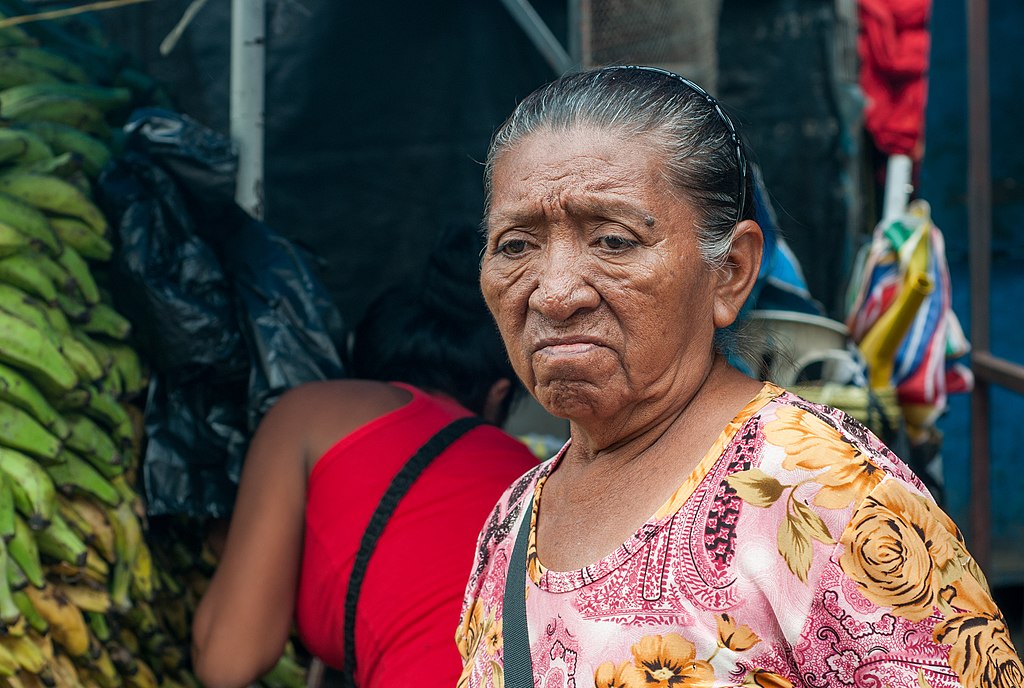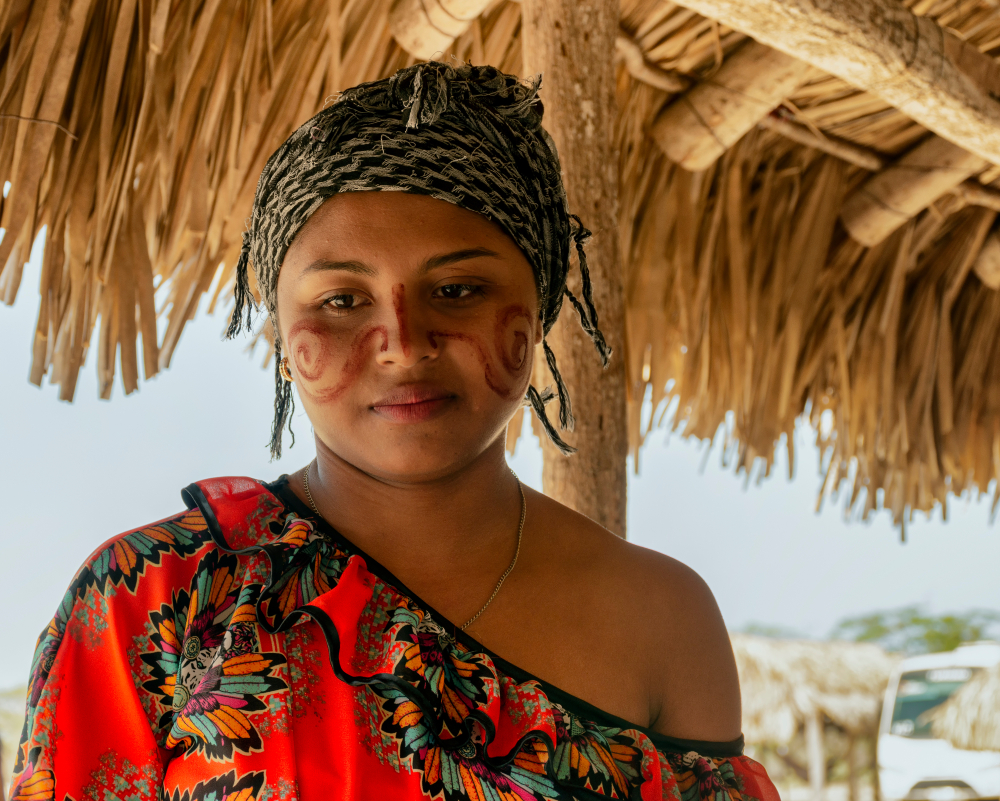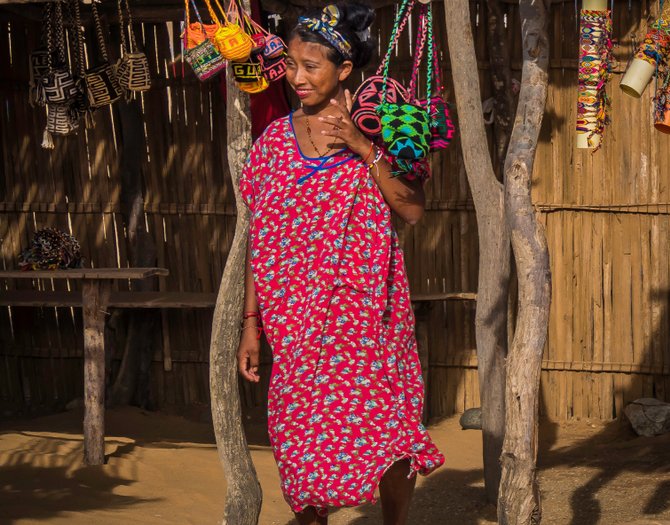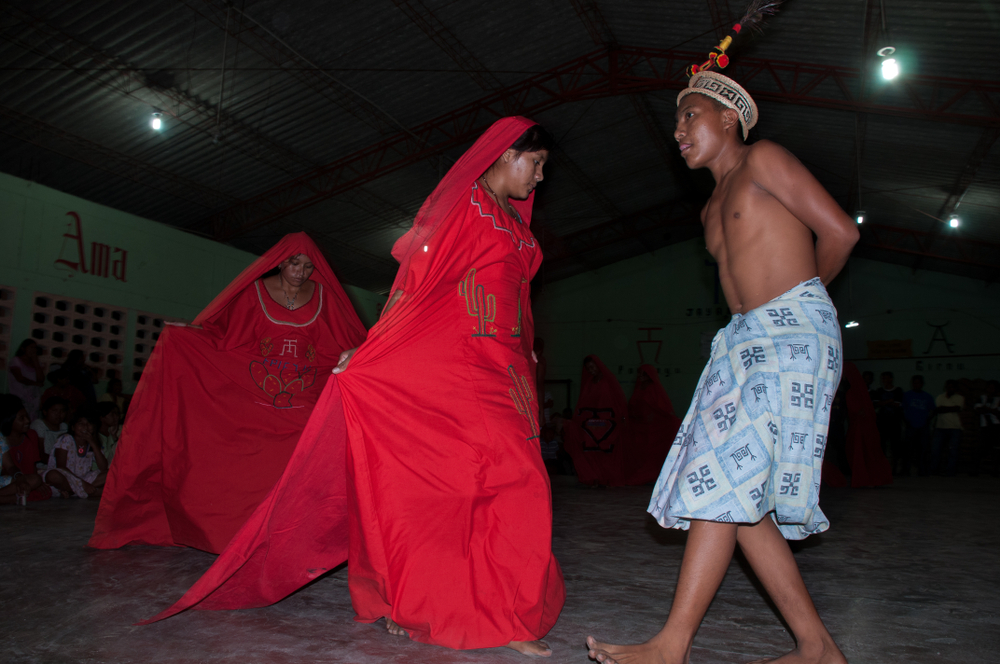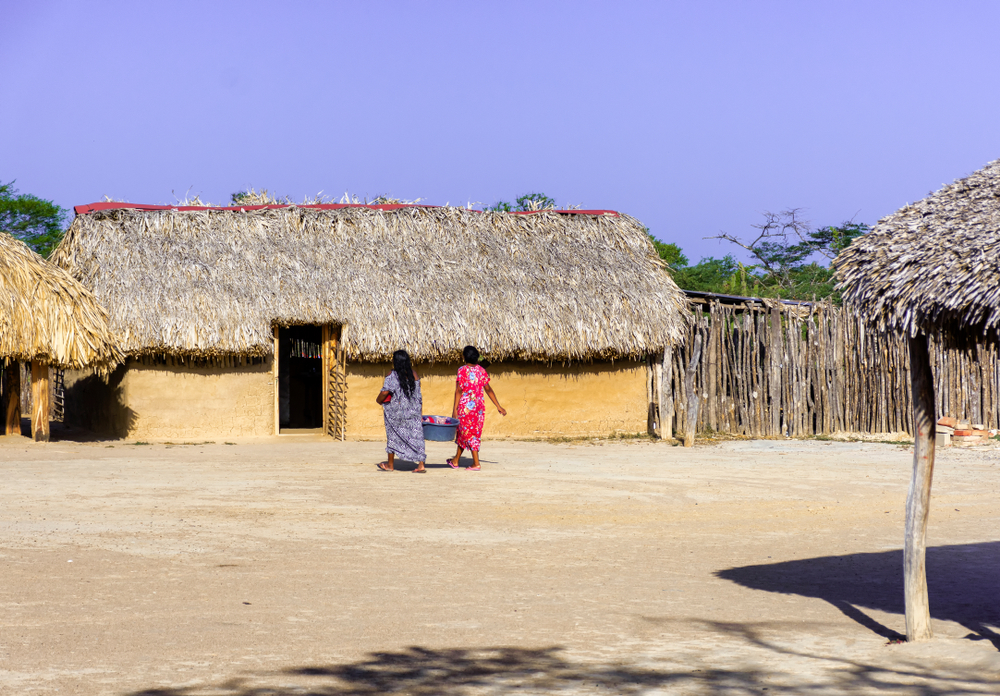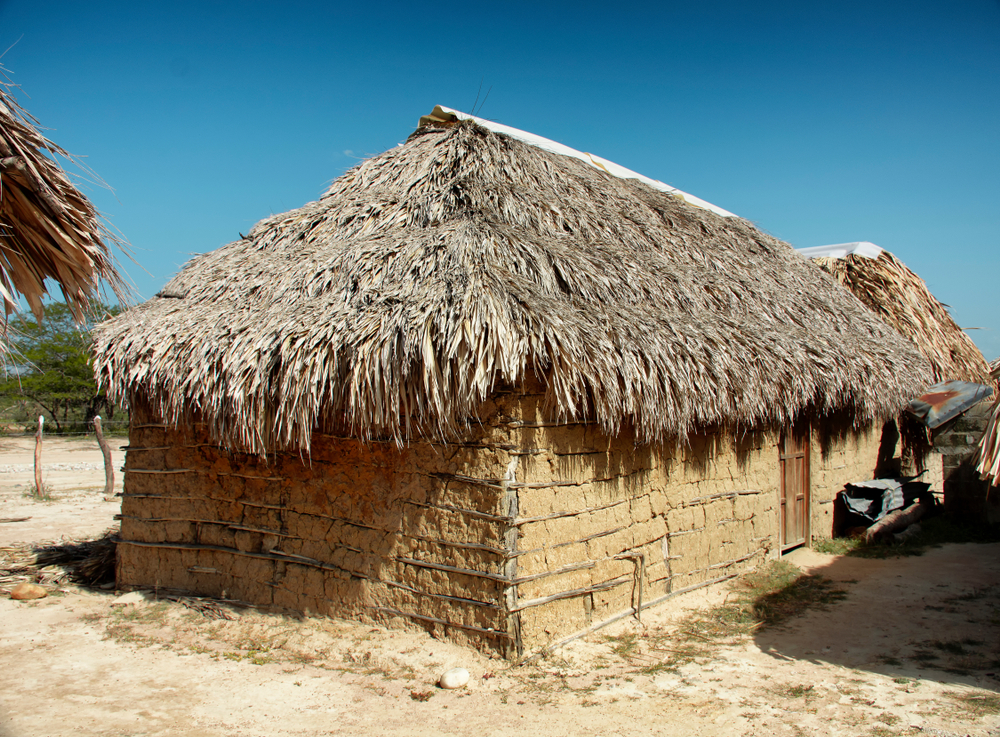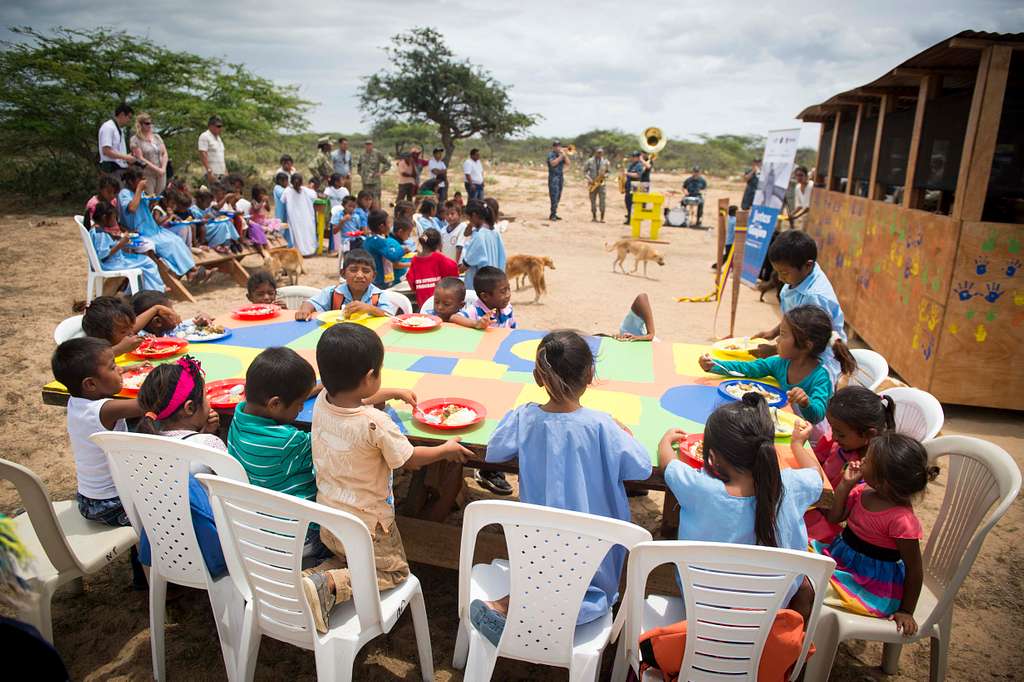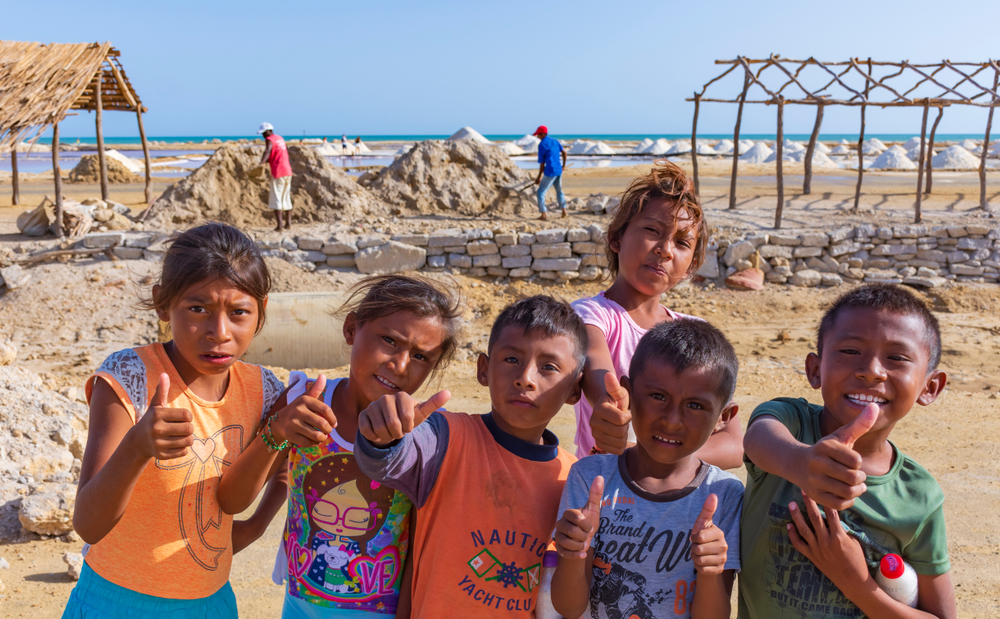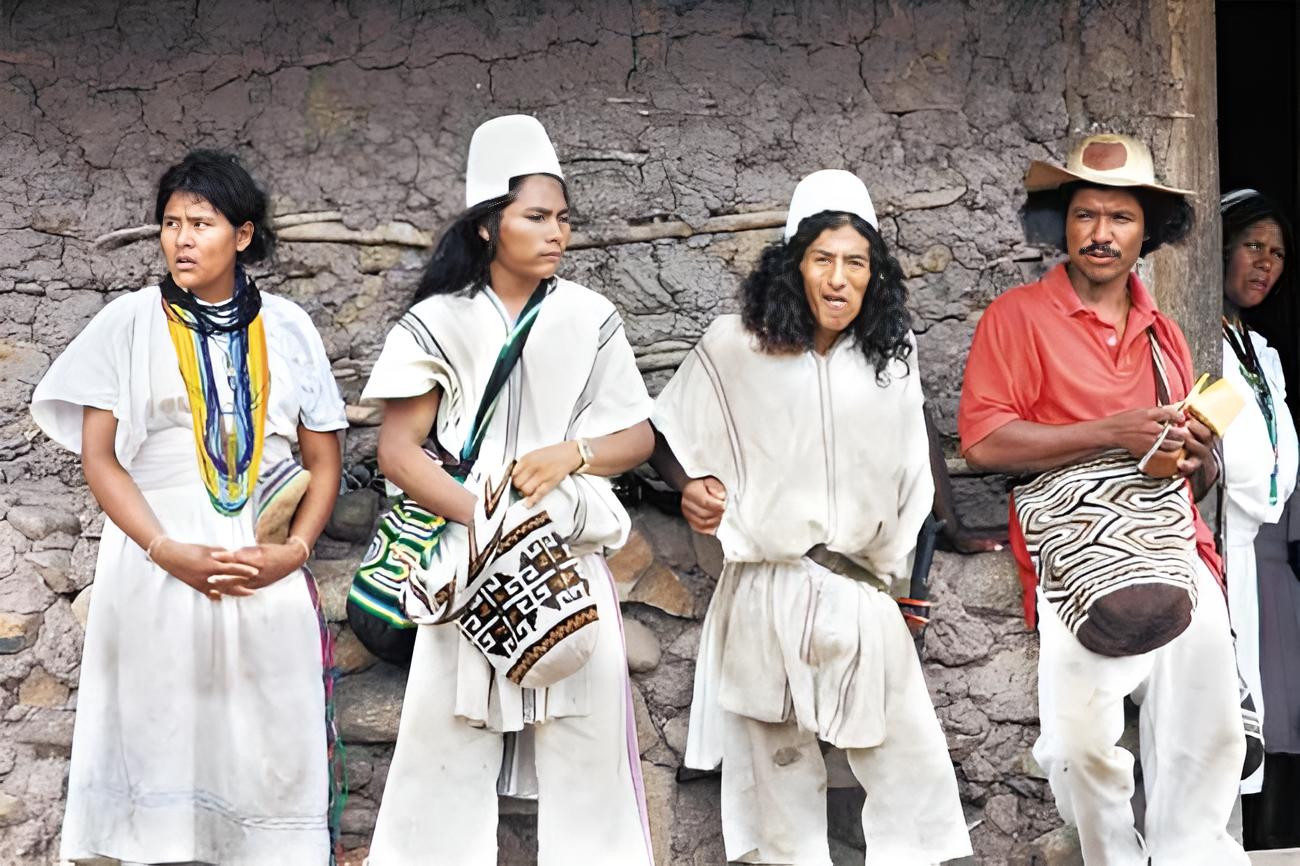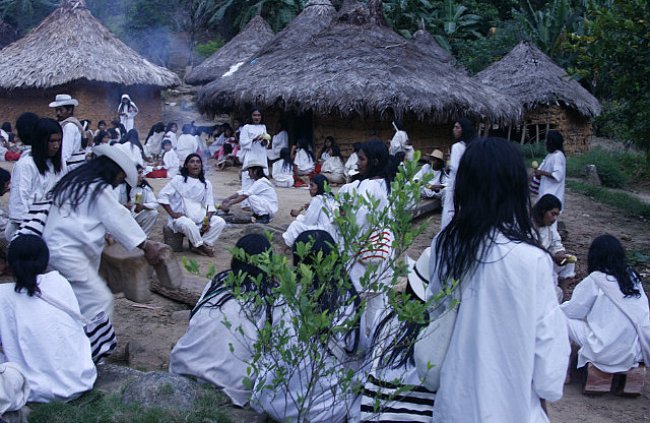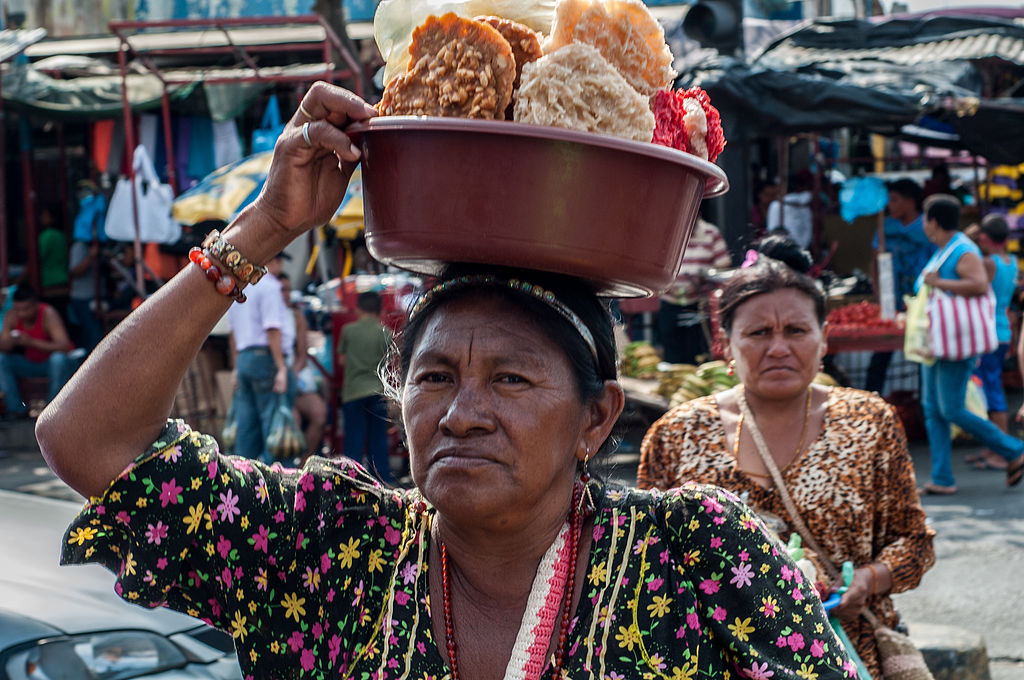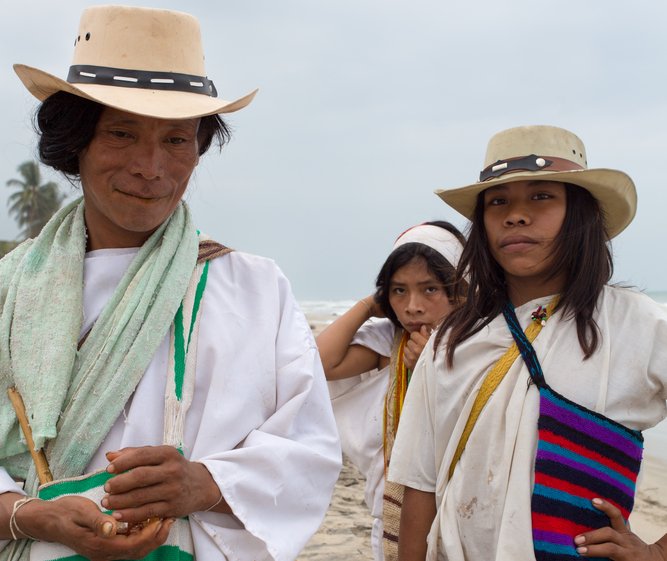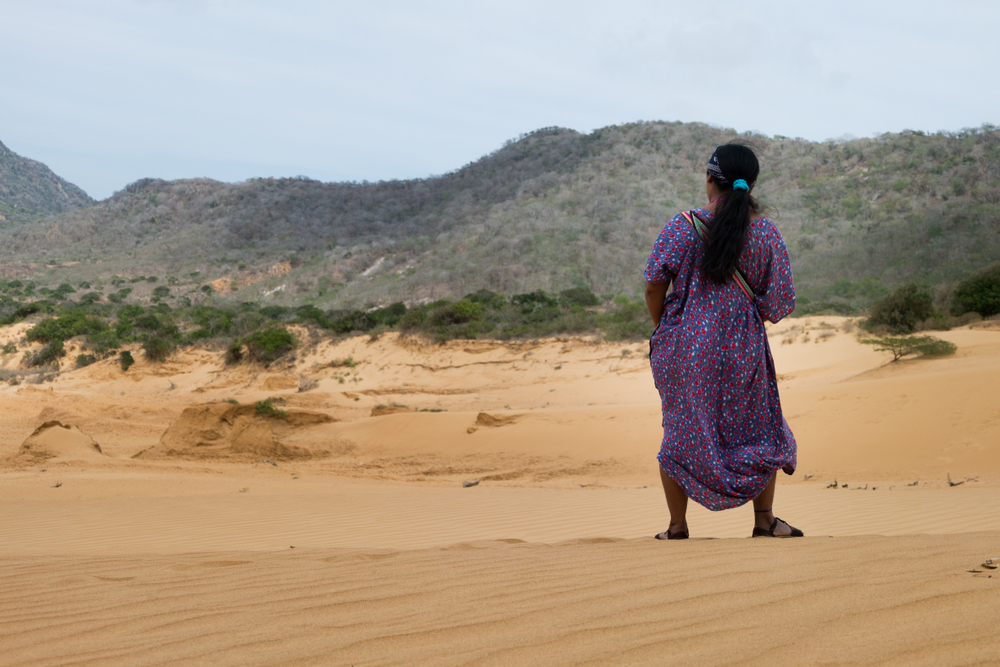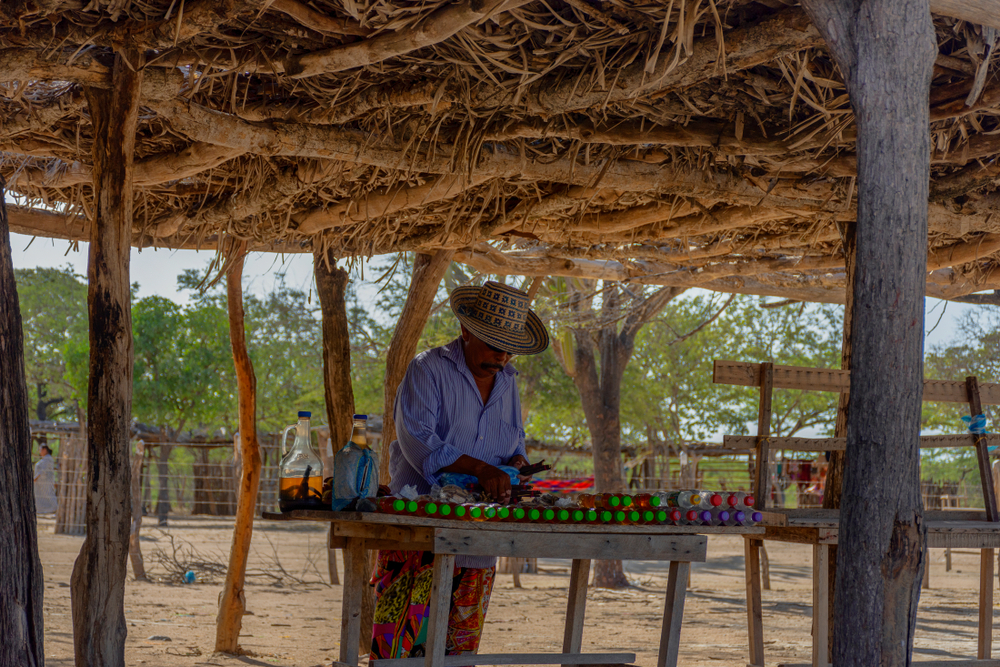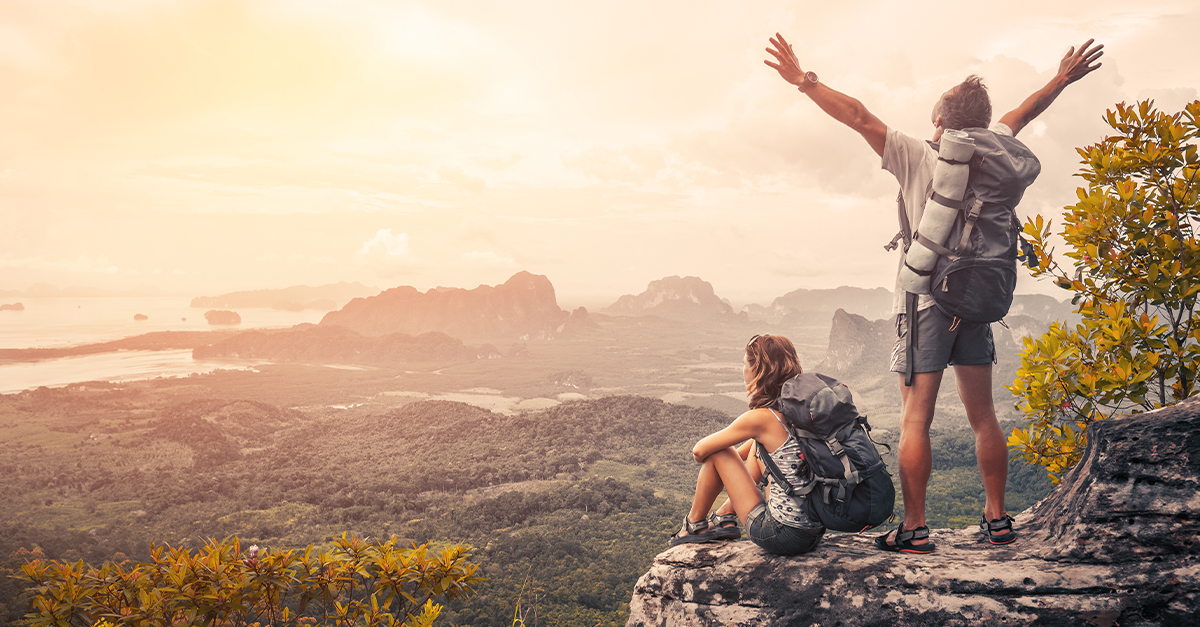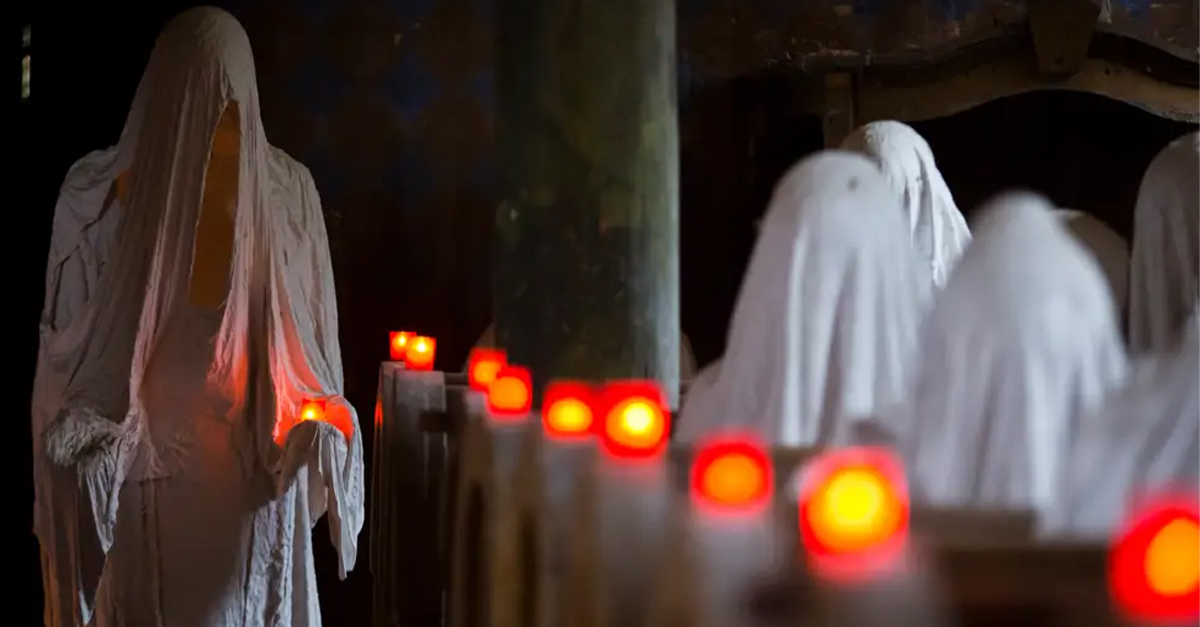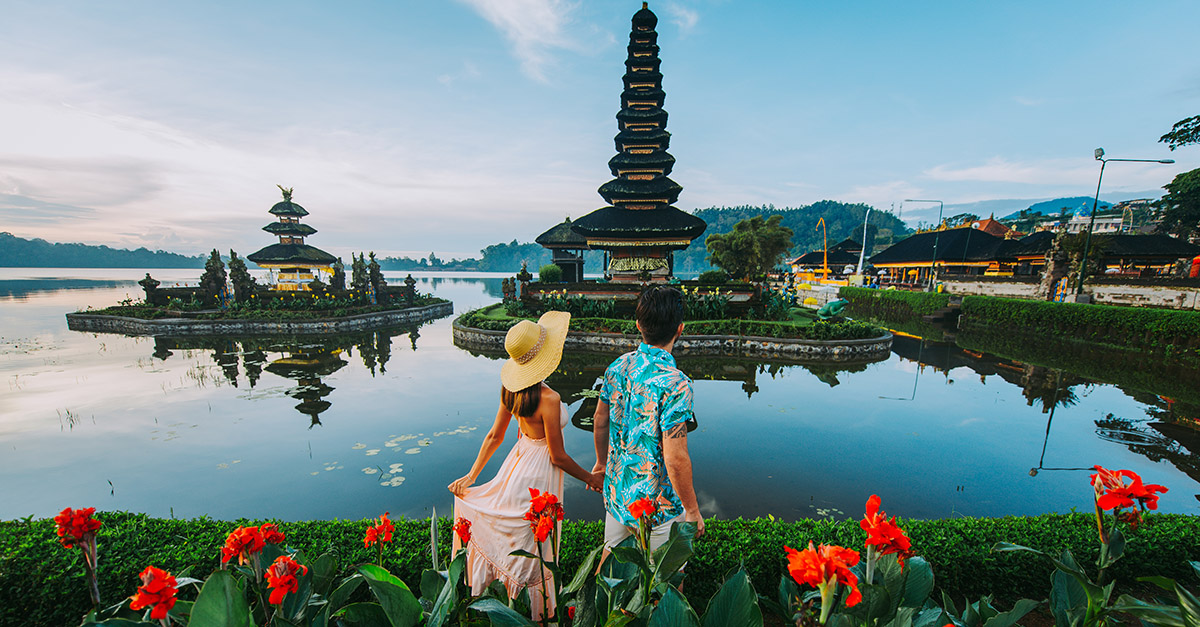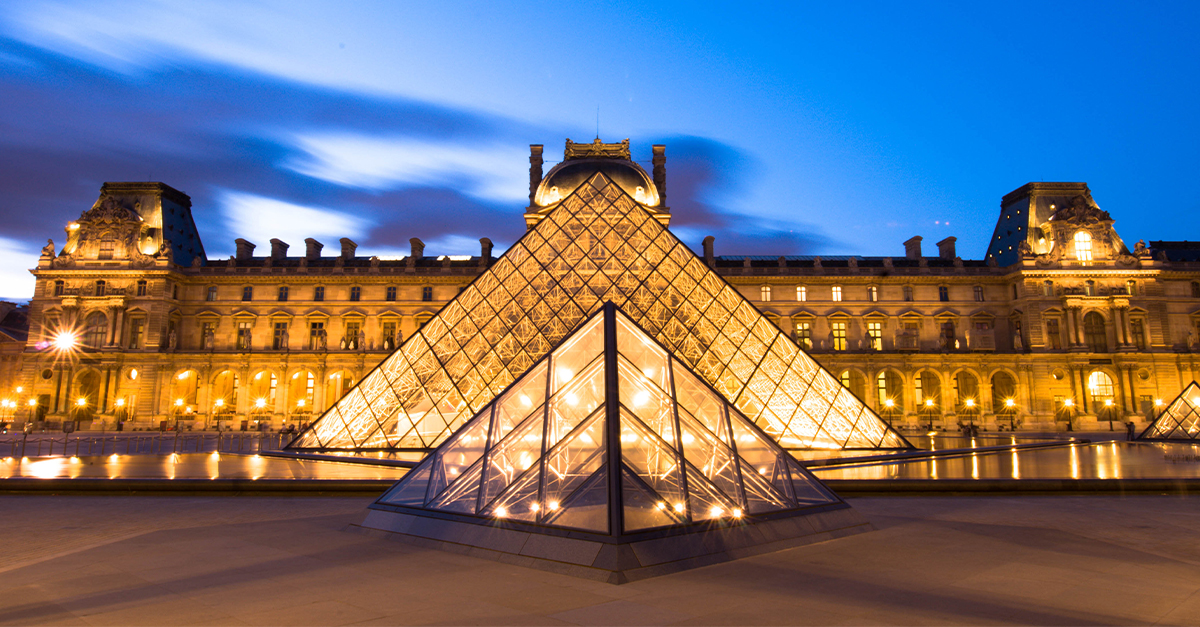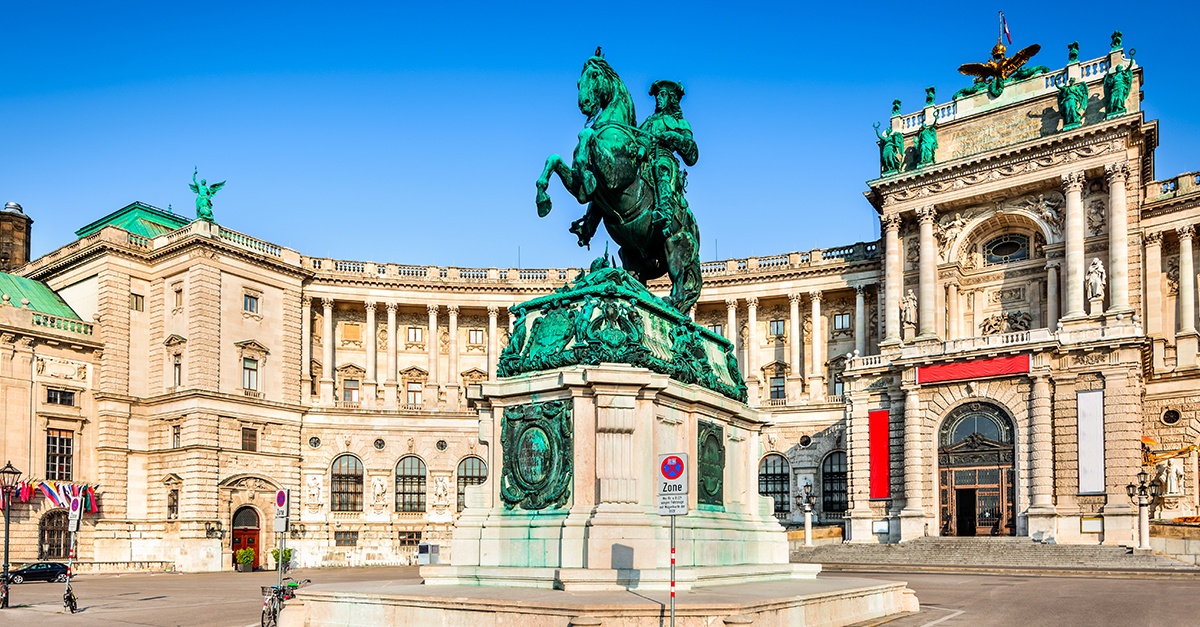Meet The Wayuu People
Tucked away in the rugged expanse of Colombia’s La Guajira Peninsula, the Wayuu people have mastered survival against the odds. In one of the harshest environments on Earth, they have not only endured but thrived, holding steadfast to traditions that have shaped their power and influence.
From their deep-rooted culture to their vital role in Colombia’s economy, the Wayuu stand as one of the most resilient indigenous communities in South America. Join us as we uncover the secrets behind their enduring strength.
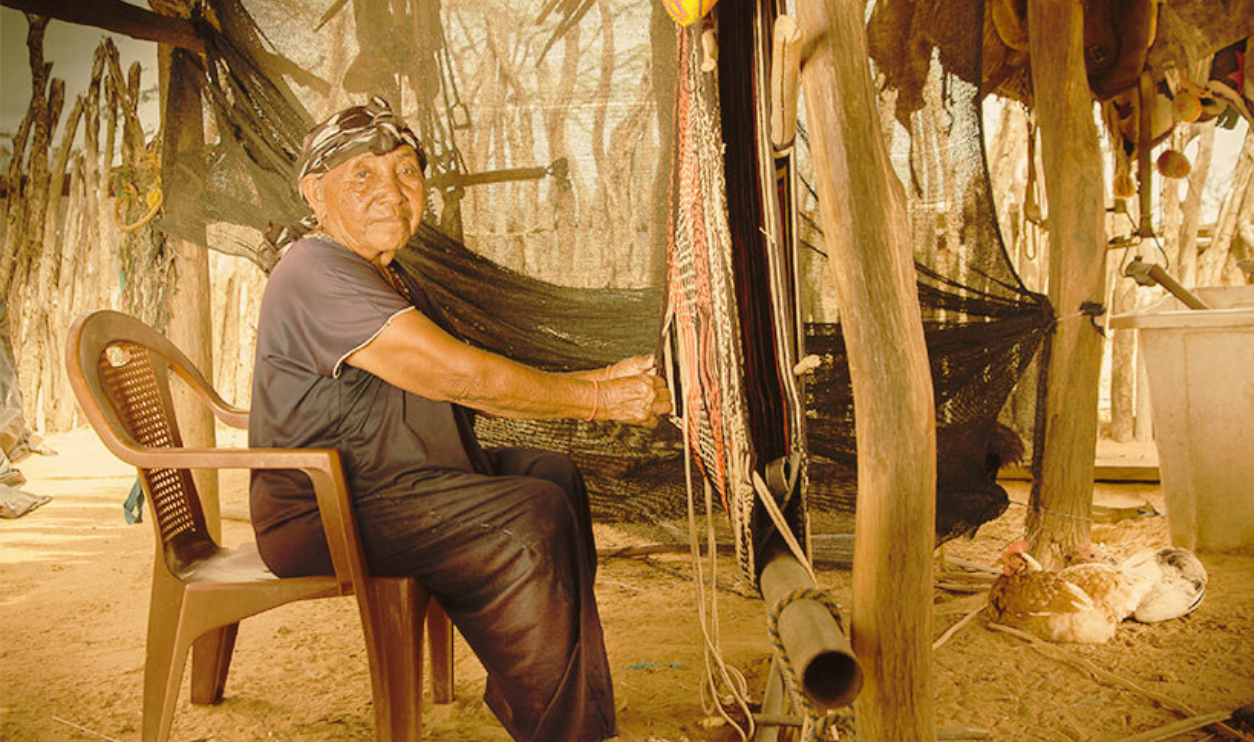
How Many Are There?
Colombia is home to about 100 different indigenous groups and the largest of those groups are the Wayuu. There are approximately 380,460 Wayuu in Colombia, and they make up 20% of the country’s indigenous population.
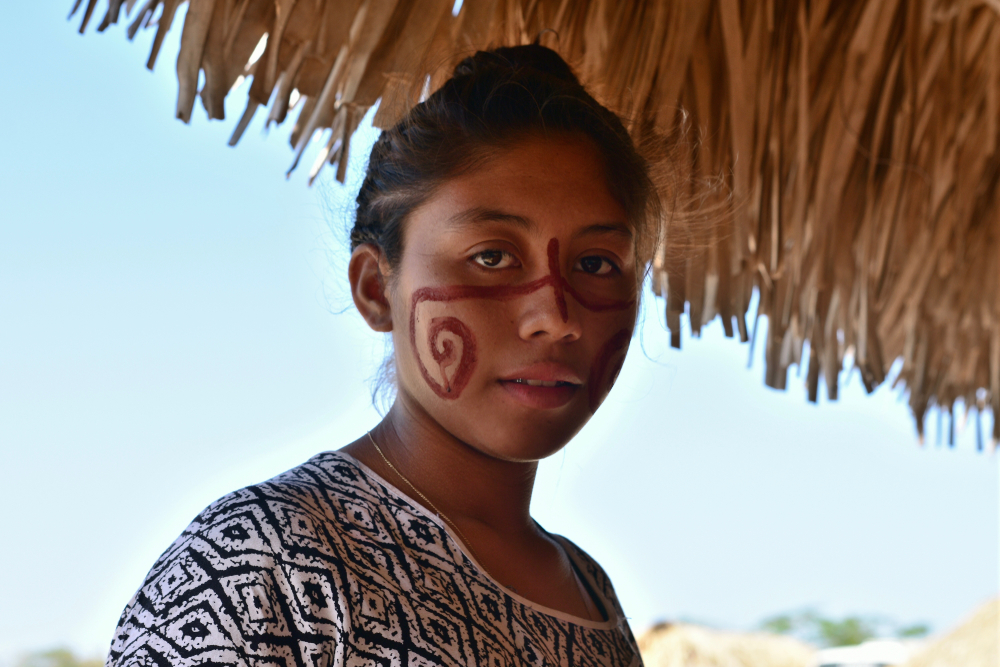 Luz Zuluaga Photography, Shutterstock
Luz Zuluaga Photography, Shutterstock
Where Do They Live?
The Wayuu live in the Guajira Peninsula, near the Caribbean Sea and Colombia’s border with Venezuela. The Wayuu’s traditional lands take up approximately 10,800 km² and are home to about 10 different reservations.
Where Else Do They Live?
The Wayuu are also found in the northwestern region of Venezuala. With an estimated 300,000 people, they are the largest Indigenous group in the country and represent nearly 60% of the Indigenous population.
Their Homeland
The Guajira Peninsula is a land of extremes, where temperatures soar to 38°C (100°F) and the sun beats relentlessly. Life here isn’t easy—working outdoors for long stretches can be grueling, and resources are often in short supply.
Yet, against all odds, this arid landscape thrives, sustained by two vital rivers: Colombia’s Rancheria River and Venezuela’s El Limón River. These life-giving waters are the heartbeat of the region, making survival possible in an otherwise unforgiving environment.
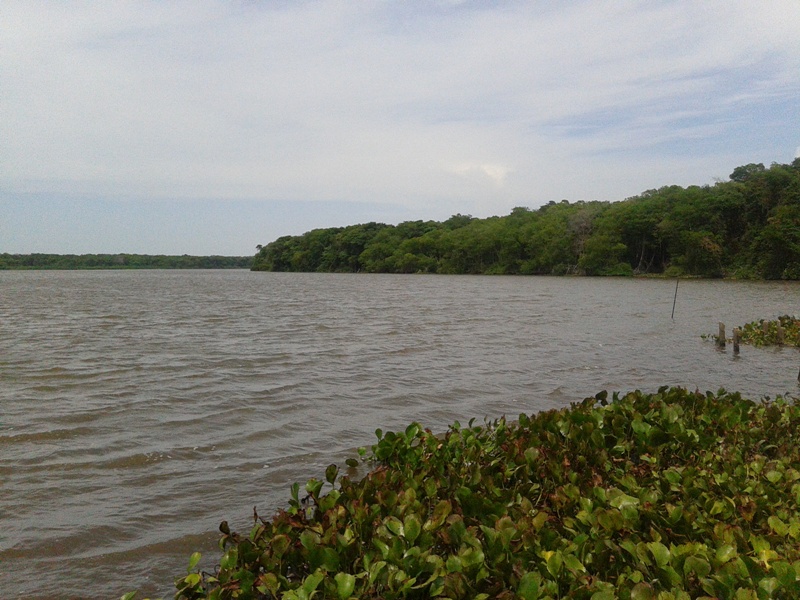 Eduardo Saavedra Altuve, CC BY-SA 3.0, Wikimedia Commons
Eduardo Saavedra Altuve, CC BY-SA 3.0, Wikimedia Commons
The Clans
In Wayuu society, families are divided into clans. There are at least 14 known clans with their own distinct territories in Colombia and Venezuela.
Their Language
The Wayuu language is called “wayuunaiki”. It is part of the Arawak language family, which is predominantly spoken in the Caribbean.
Younger generations of Wayuu also speak Spanish, and there are efforts to create a Wayuunaiki-Spanish dictionary.
Mochila Bags
Bags called mochilas are an important part of Wayuu culture. Mochilas are decorated with bold, colorful patterns that are inspired by the natural world.
There are many different styles of mochilas, and they have become popular not just among the Wayuu but non-Indigenous Colombians as well.
Music And Dance
Music and dance are the soul of Wayuu culture, woven into the fabric of daily life. Traditional songs echo during community gatherings, and even the farmers serenade their livestock with heartfelt tunes.
The Wayuu’s music is carried by woodwind instruments like the sawawa and wootoroyoi, creating melodies that have been passed down through generations, connecting the past with the present.
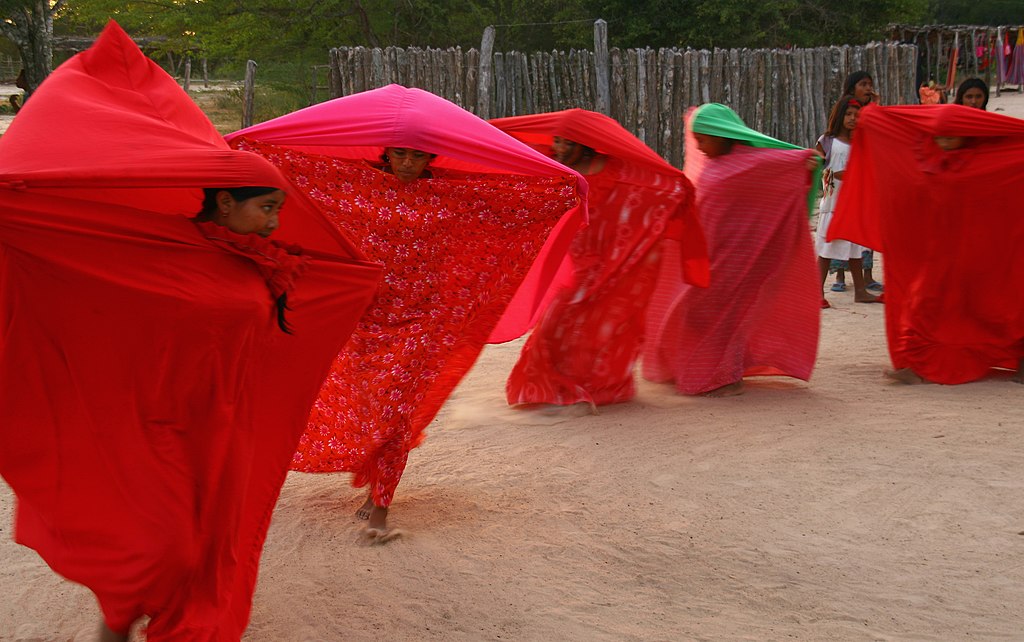 Tanenhaus, CC BY 2.0, Wikimedia Commons
Tanenhaus, CC BY 2.0, Wikimedia Commons
What Do They Believe In?
In Wayuu spirituality, Maleiwa is the divine creator of the universe. Two other divine beings, Pulowi and Juya, are also revered. They are a married couple associated with life and procreation.
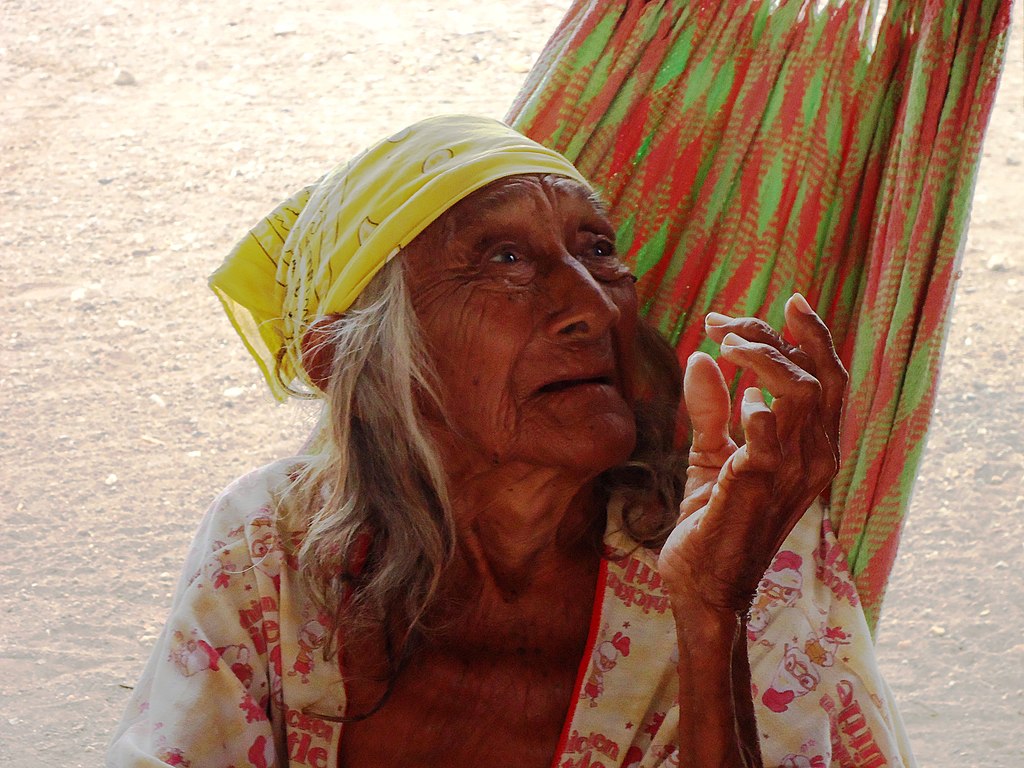 Leonfd1992, CC BY-SA 4.0, Wikimedia Commons
Leonfd1992, CC BY-SA 4.0, Wikimedia Commons
Pulowi and Juya
The Wayuu believe that Pulowi is connected to the wind and dry season, while Juya is connected to hunting and the nomadic lifestyle. The Wayuu also believe in another supernatural being, Wanülu. Wanülu is an evil spirit who is connected to illness and death.
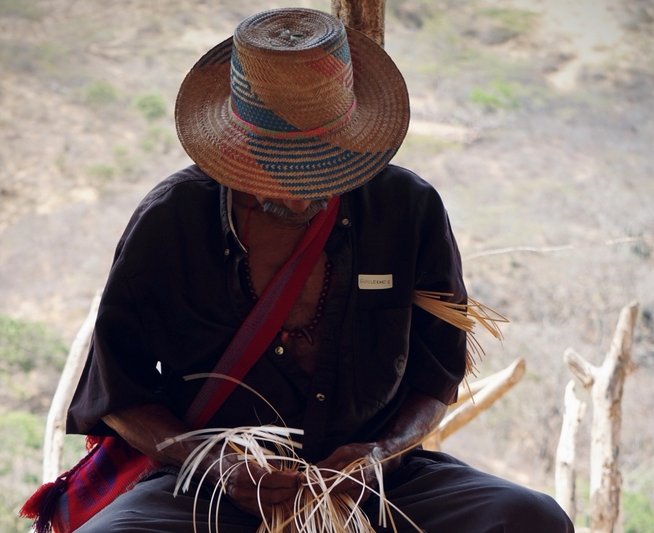 Natalia Quinones, Shutterstock
Natalia Quinones, Shutterstock
Life After Death
The Wayuu don’t believe that life ends with death. Rather, they think that the relationship between the soul and bones continues after one has passed on.
This had led to the creation of interesting burial rituals.
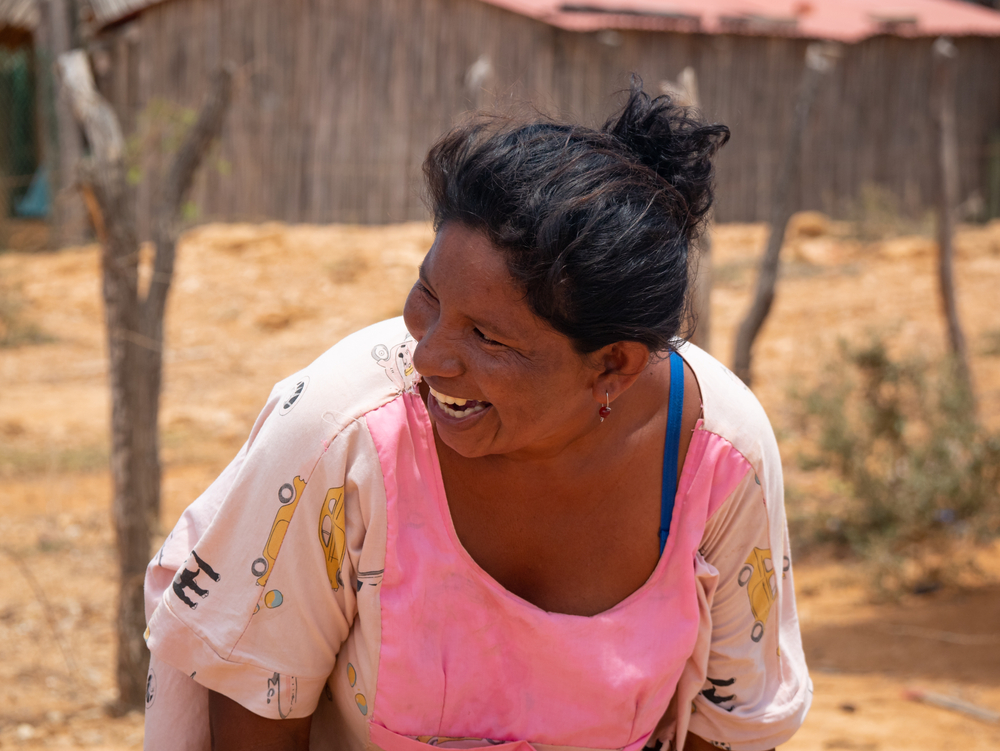 Alexandre Laprise, Shutterstock
Alexandre Laprise, Shutterstock
A Second Funeral
In Wayuu tradition, when a loved one passes, their personal belongings and cherished items accompany them in the afterlife.
Five years later, their bones are carefully exhumed and placed in a ceramic urn or a chinchorro—a traditional hammock used for this sacred ritual. The remains are then laid to rest once more in the family’s cemetery, completing the cycle of life and death with reverence and respect.
Why Do They Weave?
Traditional methods of weaving are highly respected among the Wayuu and are passed down to girls at a young age.
The Wayuu probably gained their weaving skills from their Arawak ancestors, but according to their legends, the skill was given to them by a spider named Walekeru.
The Story Of Walekeru
It is said that Walekeru used to create magical things out of thread from her mouth. She taught the Wayuu women how to weave and crochet so that they could make hammocks, shoes, belts, and mochila bags.
Now, the art of crocheting has become the main pillar of the Wayuu economy and the mochila bags are Colombia’s most exported handicraft.
Why Are The Bags So Colorful?
Mochila bags are often recognized for their vibrant, eye-catching patterns, but these designs are a modern twist on a long-standing tradition.
Originally crafted from cotton and dyed with plants native to the Guajira region, the bags were primarily in shades of red, brown, and other natural hues—colors that were both common and easy to wash out. Today, however, acrylic fibers are used to preserve the bold colors, giving these bags a lasting vibrancy that reflects the evolving creativity of the Wayuu people.
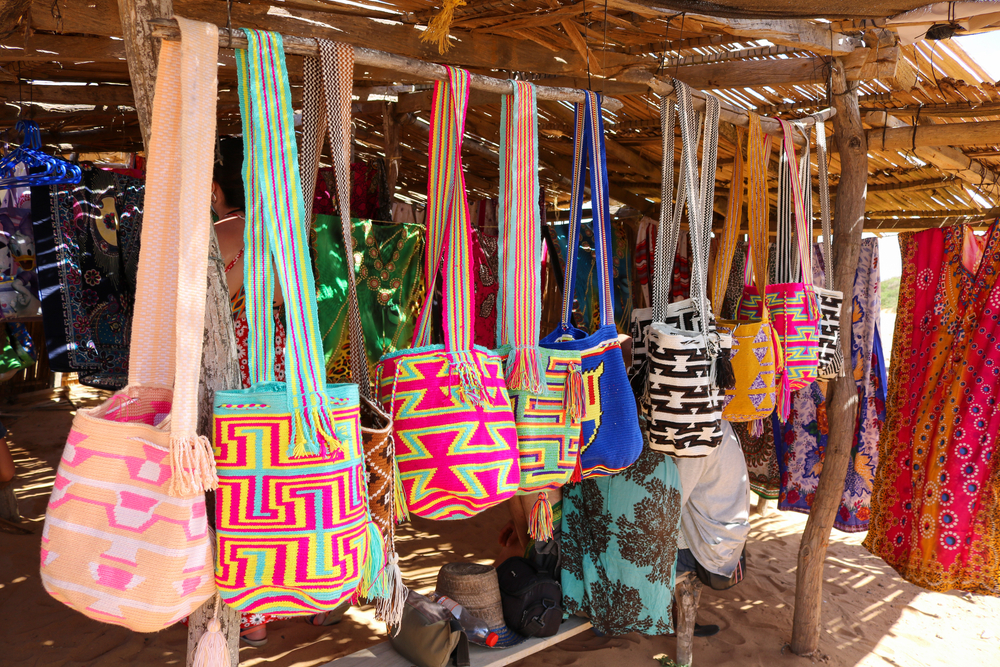 Hristina Satalova, Shutterstock
Hristina Satalova, Shutterstock
Everyone Weaves
Weaving is so engrained in Wayuu society that all Wayuu women are weavers or will have be involved in weaving at some point in their life.
Men also help when it comes to producing the mochila bags. In addition to gathering materials and transporting the finished products to buyers, they have been known to help weave the straps of the bags.
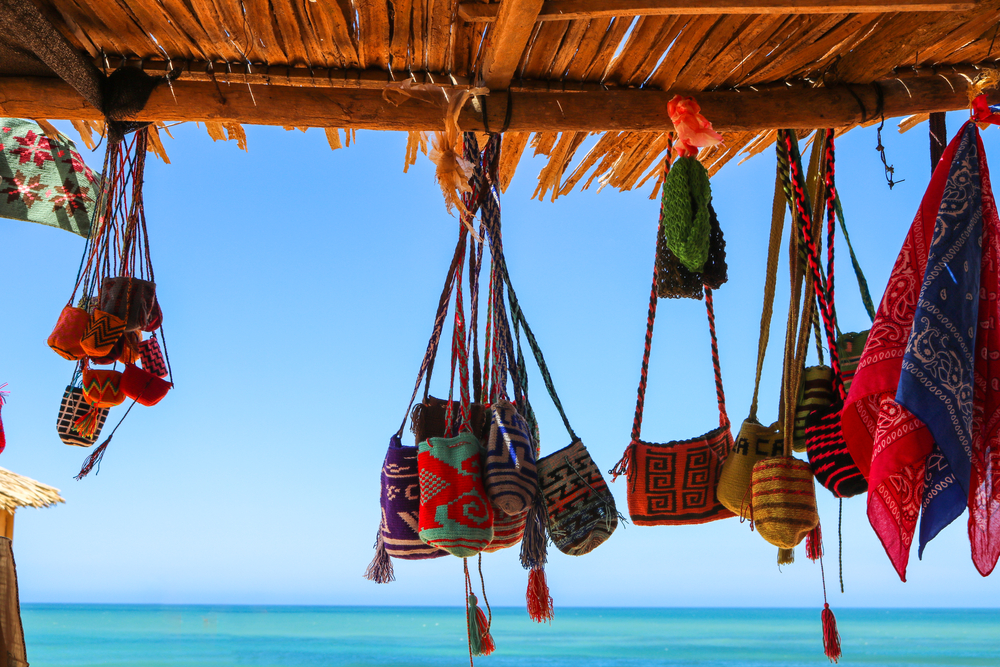 Hristina Satalova, Shutterstock
Hristina Satalova, Shutterstock
Childrearing In Wayuu Communities
Children are very important in Wayuu communities. Female relatives help take care of each other’s children, and the kids are always fed before everyone else.
It is also common for children to be put on strict diets that help ensure their survival in the harsh Guajira region.
Wayuu Women
Wayuu society isn’t matriarchal, but women are at the center of life in Wayuu communities.
A lot of importance is placed on puberty. When girls start menstruating, they go through a ritual in which they shave their heads and enter seclusion for up to two years.
Preparing For Married Life
During their seclusion, Wayuu girls follow a strict vegetarian diet and embrace frequent bathing as part of their daily routine. This time is dedicated to learning essential skills, from cooking and managing the household to mastering the craft of crocheting.
Through this art, they create the signature handbags of the Wayuu, intricately woven pieces that have earned widespread popularity across Colombia, each bag a reflection of their rich cultural heritage.
Marriage In Wayuu Communities
Typically, Wayuu marriages are arranged, and polygamy for men is common. Mothers receive a dowry for their daughters, which is then given to the mother's brothers and uncles. Goats and sheep were traditionally used as dowry.
Young girls can be promised for marriage as young as 11 years old, though they may not get married for a few years after.
A Great Social Taboo
In Wayuu society, pregnancy out of wedlock causes a lot of shame. Having a baby outside of an arrange marriage is also taboo, so Wayuu girls are promised from a young age to prevent these scorned pregnancies and protect their family’s honor.
Wayuu Marriage Rituals
Dancing plays a vital role in Wayuu marriage customs. Before a girl is married, she must first perform a traditional dance as part of her coming-of-age ceremony, a beautiful expression of her readiness for the next chapter of life.
When it comes time to arrange a marriage, both the bride and groom must showcase their skills in a traditional dance before the entire village, a public display of their commitment and cultural pride.
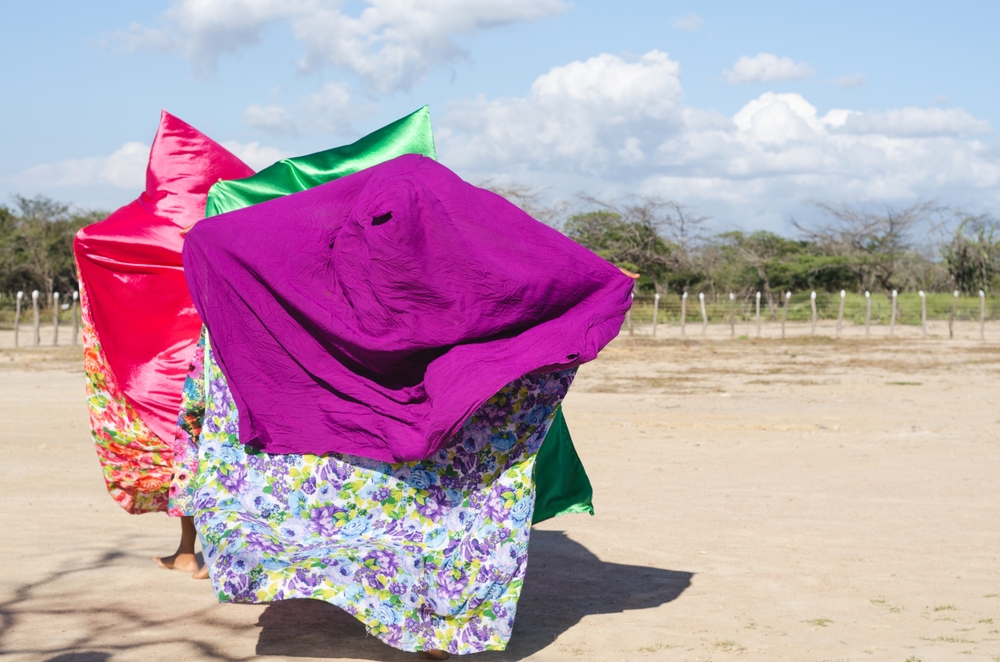 Maria Castellanos, Shutterstock
Maria Castellanos, Shutterstock
The Courtship Dance
During the courtship dance, the man and woman circle around each other, with swooping movements that mimic birds. The men of the village play drums and traditional instruments during the dance, which ends with the prospective groom falling to the ground.
At the end of the dance, the groom learns whether he has been chosen by the bride’s family.
Wayuu Settlements
Traditionally, Wayuu settlements are comprised of five or six homes and are called rancherías. The rancherías are named after plants, animals, or places.
Areas with many rancherías are often named after women’s last names, speaking to the matrilineal nature of the Wayuu.
What Do Their Homes Look Like?
Wayuu homes, known as piichi or miichi, are small and typically take on a rectangular or semi-circular shape, designed to withstand the tough climate of the region.
Traditionally, the walls are crafted using a mixture of hay, mud, and dried cane plants, known as wattle and daub. The roofs, sturdy and practical, are made from the wood of the dagger cactus, which is also used to build fences around livestock pastures—showcasing the resourcefulness of the Wayuu in using every part of their environment.
Inside The House
Wayuu houses are usually divided into two rooms where people sleep in hammocks. One room might also be used to store their personal belongings and ceramic jugs for water.
A living room area is usually built near the main house. Called a luma or enramada, this building is used for everything from doing work to attending visitors.
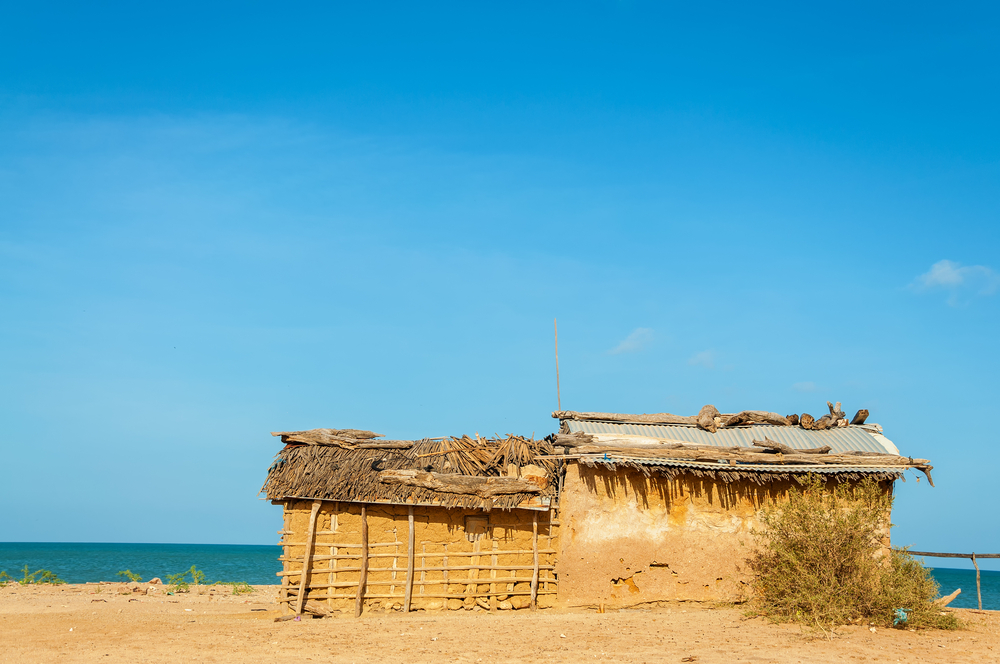 Structured Vision, Shutterstock
Structured Vision, Shutterstock
What Do They Eat?
Livestock like cattle and goats provide meat and dairy products for the Wayuu. The Wayuu also grow many fruits and vegetables, with corn, cashew, and iquaraya fruit being their main staples.
When it comes to hunting, fish are the main catch, but iguana and tortoise are also prized.
First Contact
First contact with the Wayuu occurred as early as the 16th century, when the Spanish began to colonize Colombia.
Capuchin monks were among the first to try and evangelize the Wayuu, but this ended with the Wayuu destroying their missions.
The Fight Begins
Contact—and conflict—between the Wayuu and outside forces intensified in the early 18th century.
The year 1701 marked the start of a turbulent chapter for the Wayuu, as rebellions surged and tensions with the Spanish escalated, sparking years of fierce resistance and struggle.
Not Like The Others
Part of the Wayuu’s success in their fight against the Spanish was that they learned how to ride horses and use guns. This set them apart from other Indigenous groups.
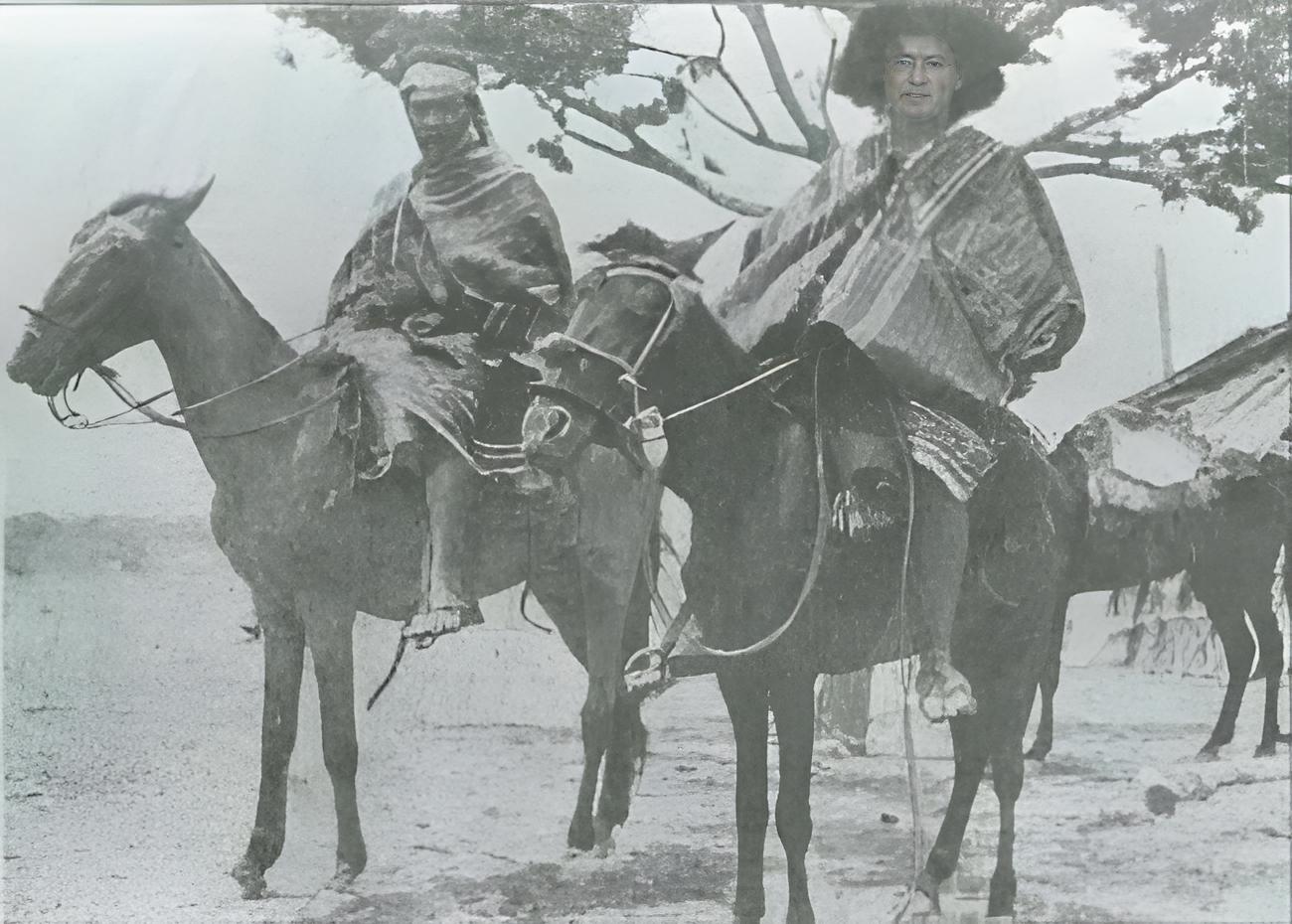 Gustaf Bolinder, Wikimedia Commons
Gustaf Bolinder, Wikimedia Commons
The Start Of The Rebellion
In 1769, Spaniards led by a man named José Antonio de Sierra captured a group of Wayuus and sent them to build fortifications in Cartagena. In response, the Wayuu’s clan set fire to a nearby village.
He Was Trapped
José Antonio de Sierra set out to quell the small rebellion, but this only led to his demise. The Wayuu recognized Sierra as he was a mestizo, part Spanish and part Wayuu.
They trapped him in a house and lit that on fire, too.
Their Army Grew
The Wayuu’s victory in their village quickly spread across the Guajira region, igniting a widespread revolt. At its peak, an impressive 20,000 Wayuu warriors took up arms in defiance.
Taking What They Need
To arm themselves, the Wayuu stole weapons from Dutch and English smugglers. They also took guns from Spanish outposts.
Then, the Wayuu went on a rampage, burning Spanish settlements.
Divided
According to records of the revolt, the Wayuu killed over 100 Spaniards and took many prisoners. But even with their impressive victories, there was infighting among the rebels. José Antonio de Sierra was a mestizo and had relatives among the Wayuu who wanted revenge for his demise.
The Rebellion Ends
The fracture among the Wayuu rebels reached a boiling point when the two factions fought a battle at La Soledad. This, and reinforcement from the Spanish, put an end to the rebellion.
Still, the Wayuu were victorious in the end, as they had regained much of their territory.
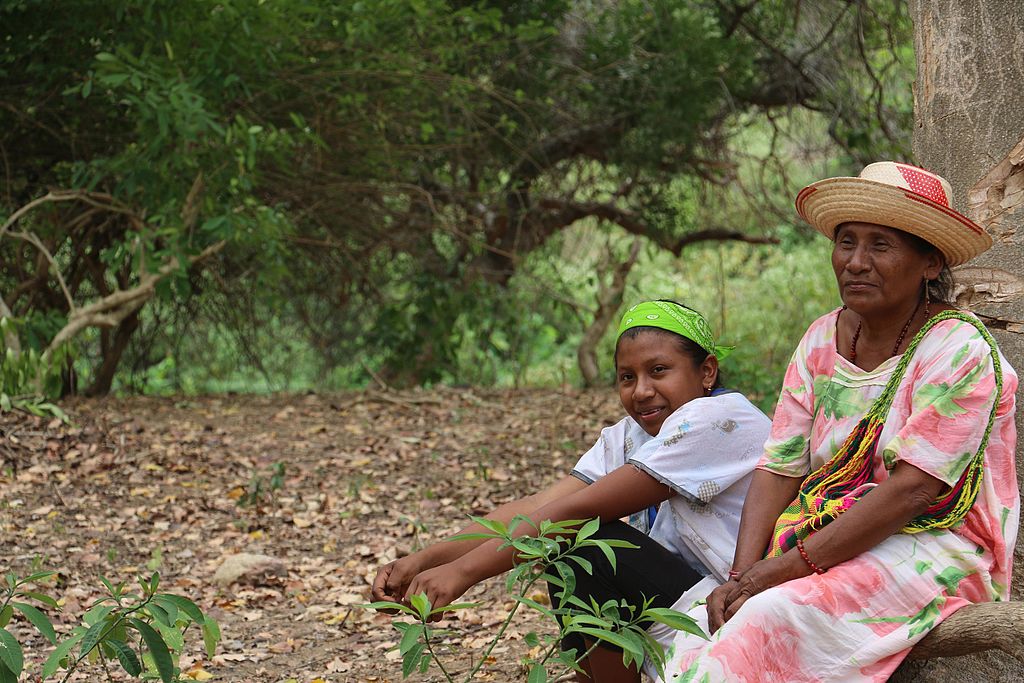 Macuiratours, CC BY-SA 4.0, Wikimedia Commons
Macuiratours, CC BY-SA 4.0, Wikimedia Commons
The Monks Return
In 1887, Capuchin monks returned to the Guajira region with the aim of "civilizing" the Wayuu. One of their strategies was establishing orphanages, where Wayuu children received a Christian European education. Meanwhile, monks regularly visited nearby settlements, inviting the Wayuu to attend mass.
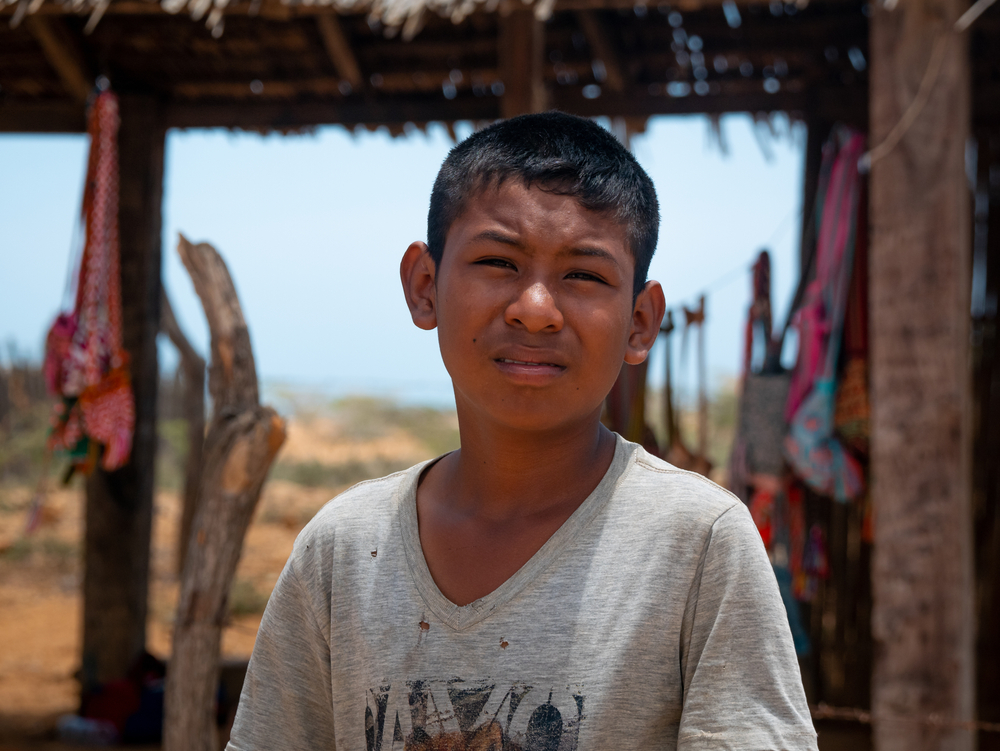 Alexandre Laprise, Shutterstock
Alexandre Laprise, Shutterstock
The Wayuu Cultural Festival
If you want to witness Wayuu culture, the best way to do it is at the Wayuu Cultural Festival. Held every year in Uribia, Colombia, this event is a dazzling celebration of Wayuu traditions.
Tourists from all over the world attend the show, and the Wayuu prepare traditional huts for visitors to stay in.
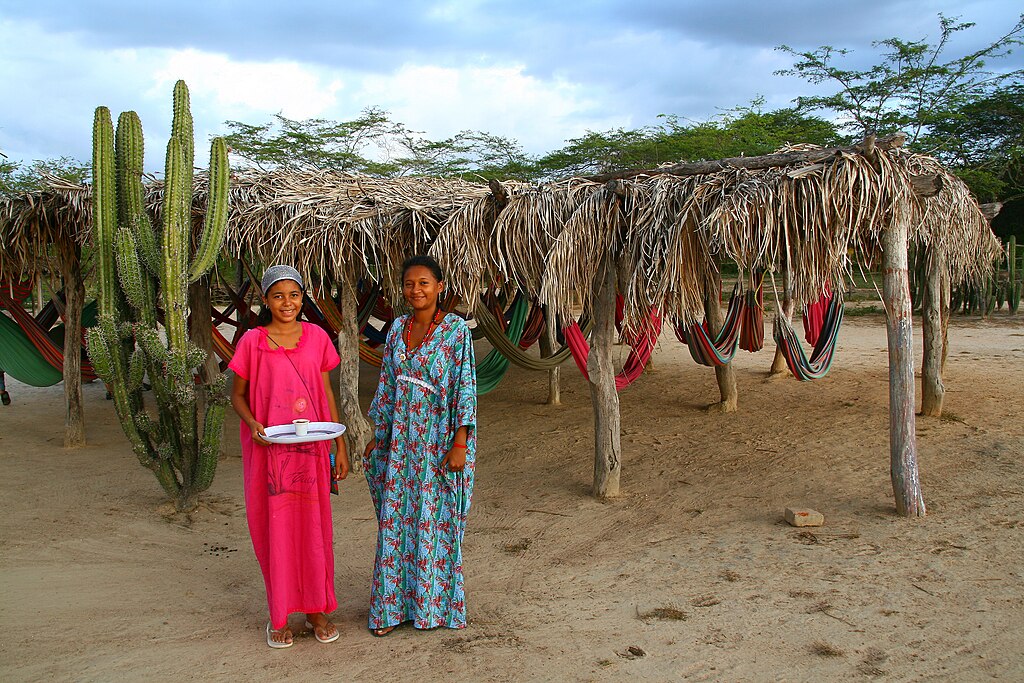 Tanenhaus, CC BY 2.0, Wikimedia Commons
Tanenhaus, CC BY 2.0, Wikimedia Commons
Final Thoughts
From Spanish invaders to the challenges of the modern world, the Wayuu have endured, adapting while preserving their rich heritage.
The rise of their iconic mochila bags highlights how their cultural traditions have not only survived but thrived in the face of change. It serves as a powerful reminder of the importance of cultural diversity and the need to protect the traditions that make our world beautifully unique.
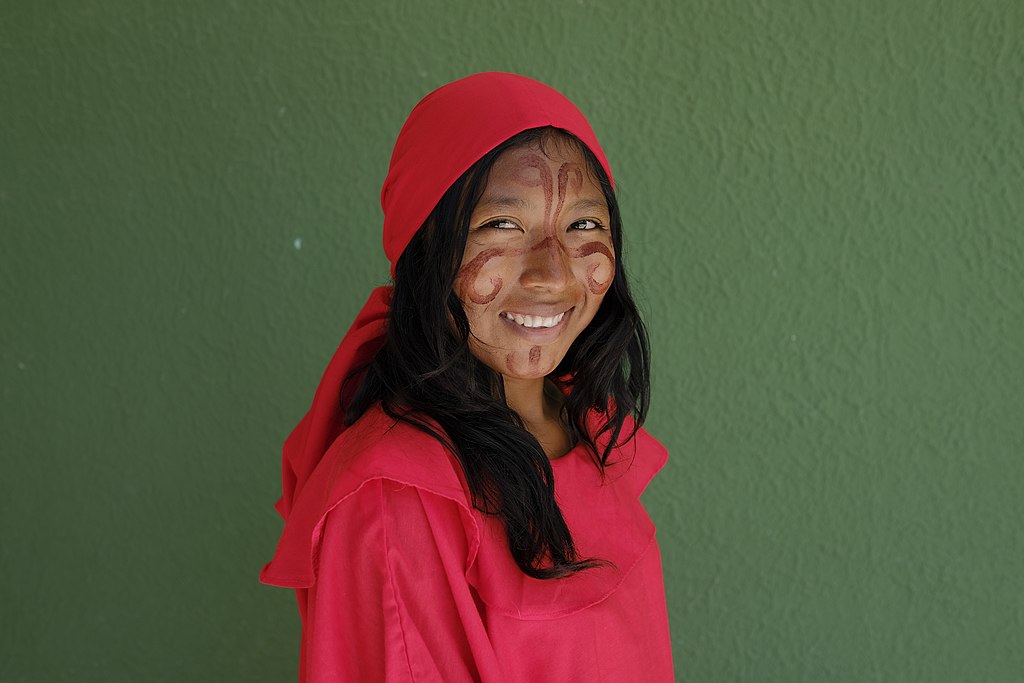 Departamento Nacional de Planeación, CC BY 2.0, Wikimedia Commons
Departamento Nacional de Planeación, CC BY 2.0, Wikimedia Commons

